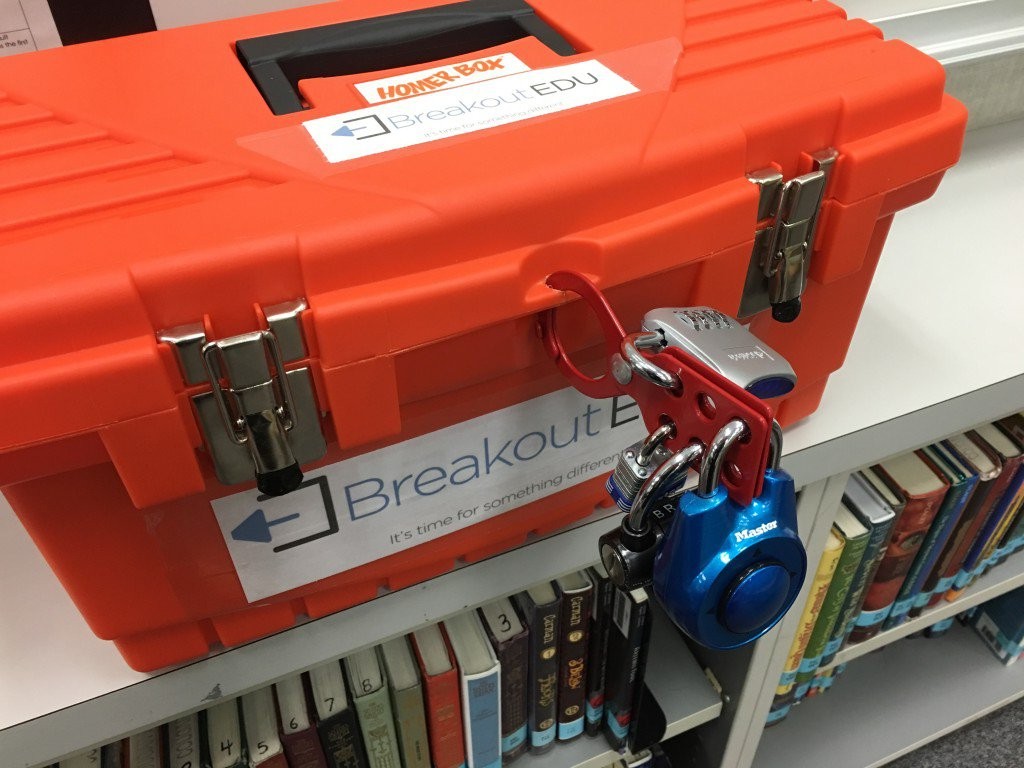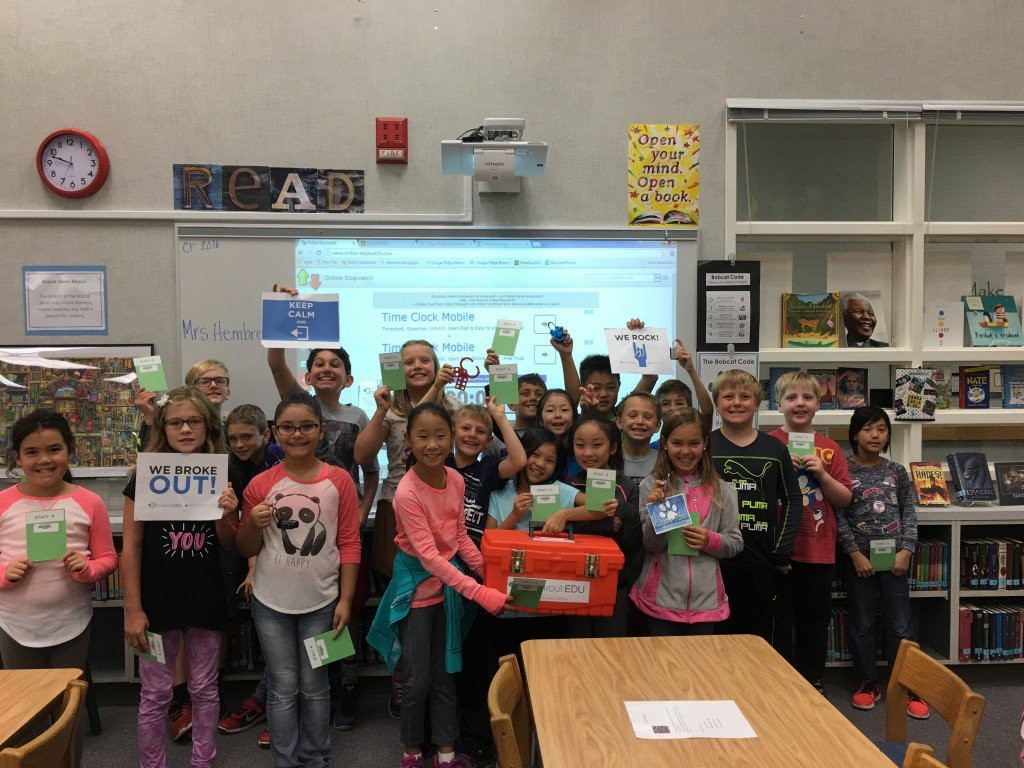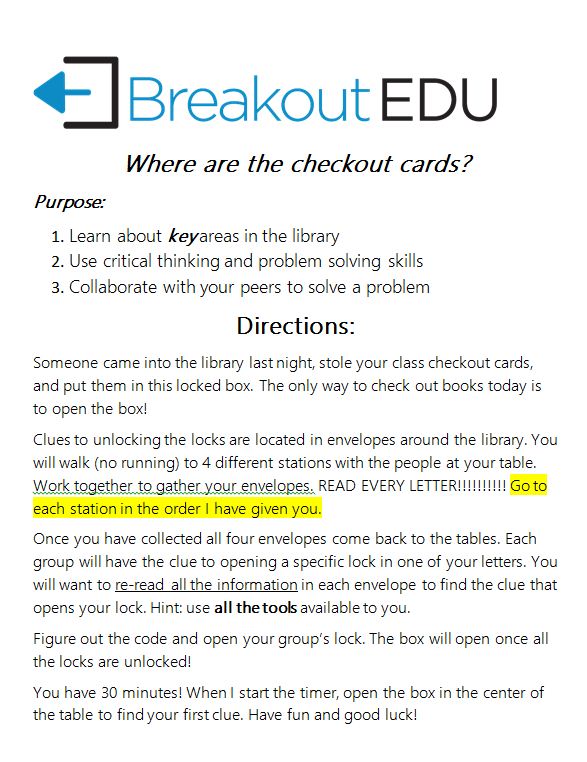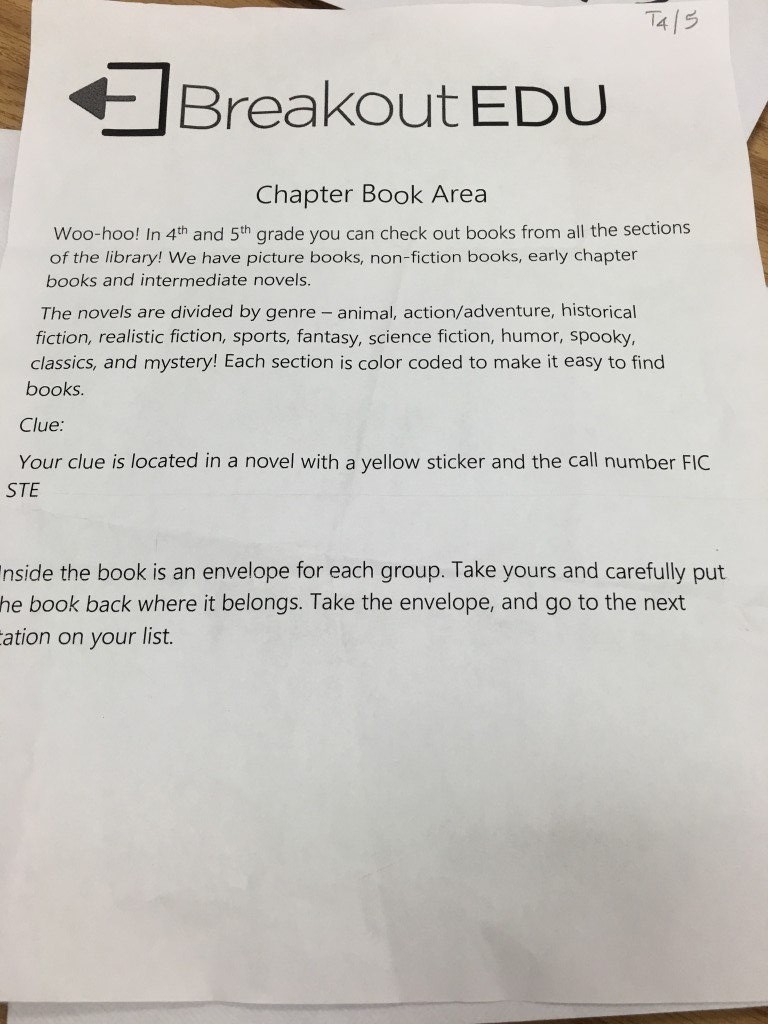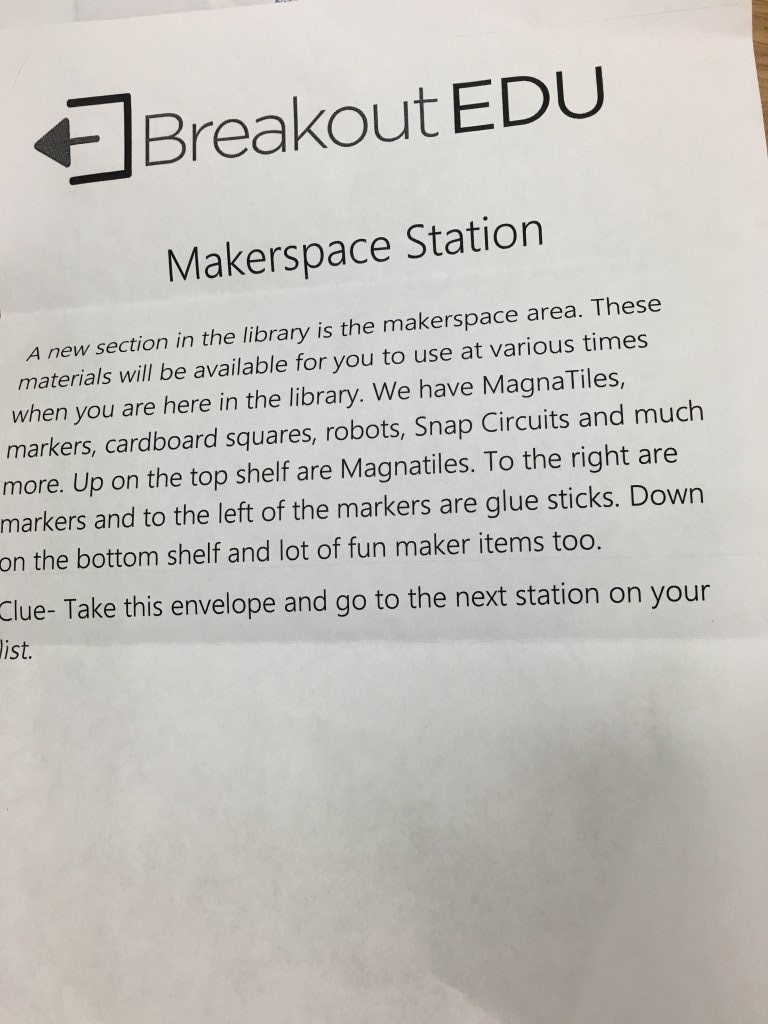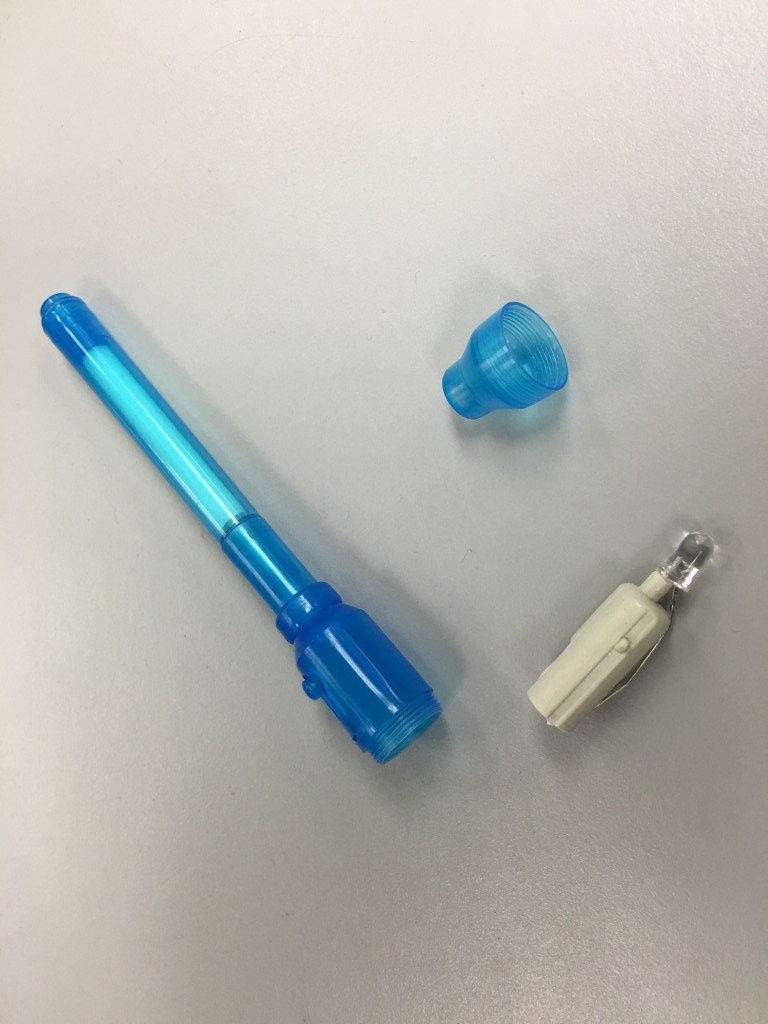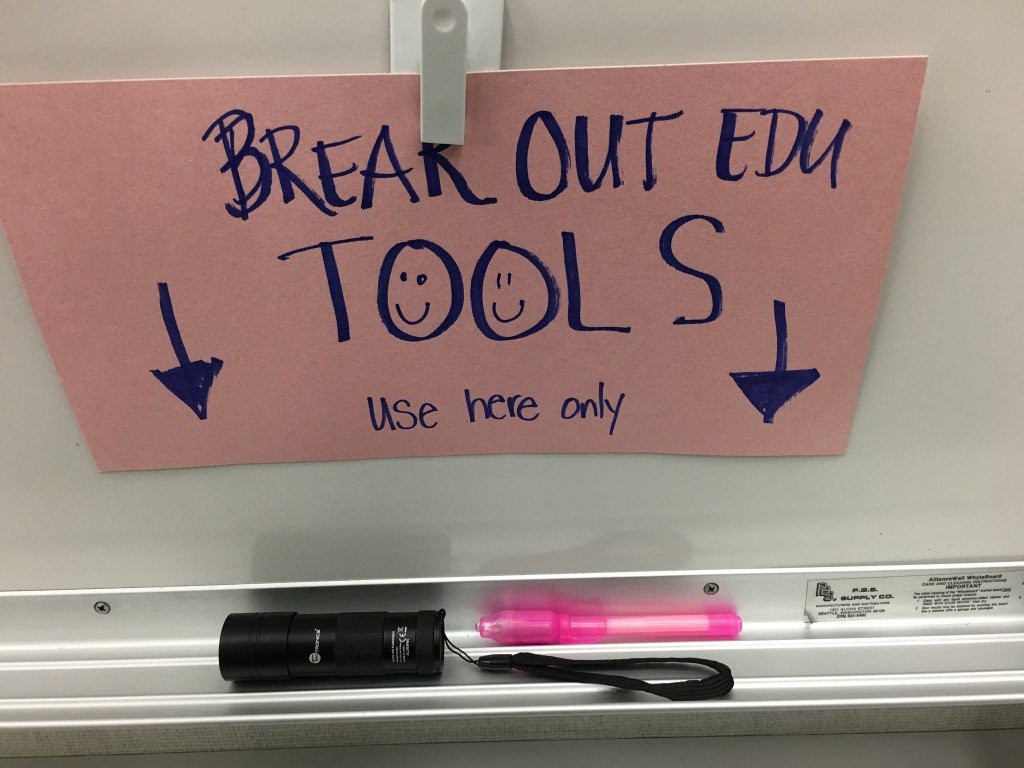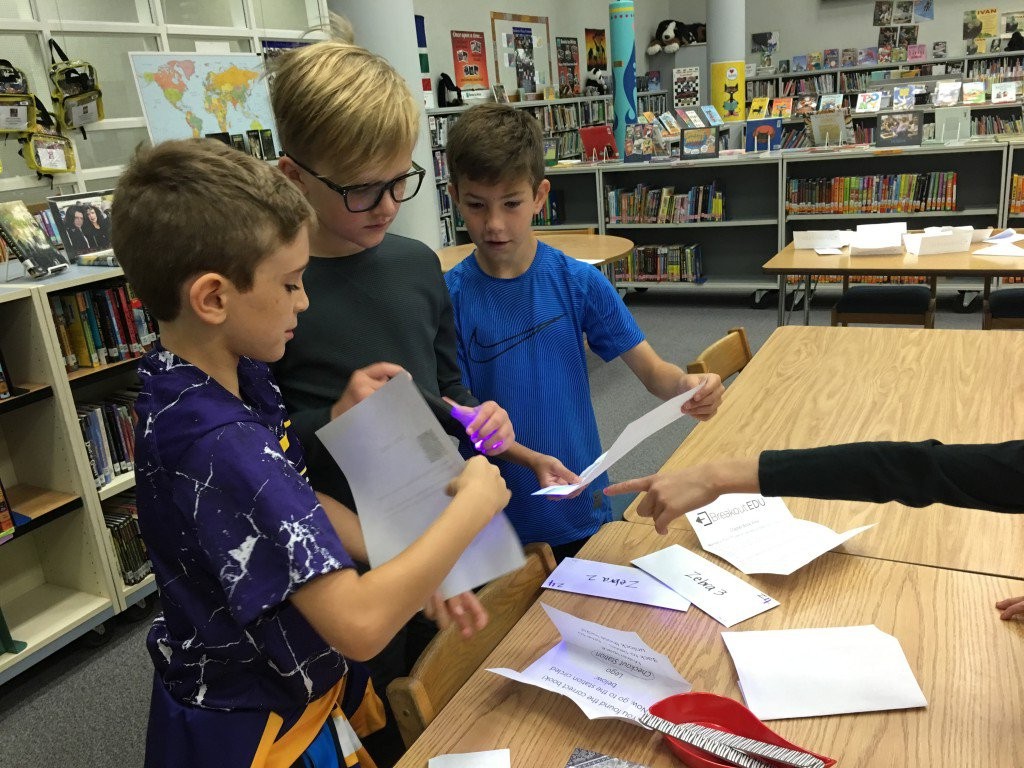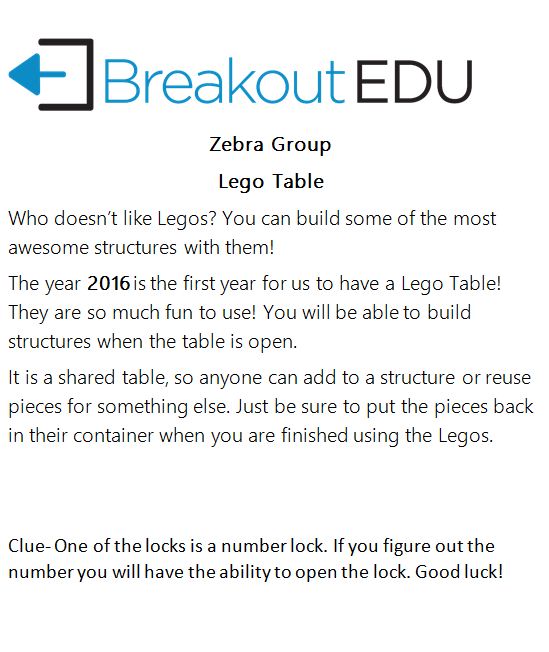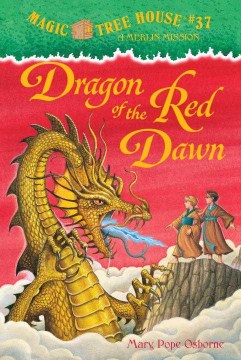
My favorite week in December is Hour of Code week. Hour of Code is really supposed to be an hour of coding. However, in the library I extend it to an entire week, so all of my classes can experience coding.

Hour of Code is a week-long introduction to computer science, designed to demystify code and show that anybody can learn the basics and to broaden participation in the field of computer science. It has since become a worldwide effort to celebrate computer science, starting with 1-hour coding activities but expanding to all sorts of community efforts. Check out the tutorials and activities.

This grassroots campaign is supported by over 400 partners and 200,000 educators worldwide, including our school! We are one of those teeny dots on the world map. All of our K-5 classes participated this year. In primary we focused on the Moana tutorial.

According to the website, since 2014, The Walt Disney Company has worked with Code.org to build Hour of Code tutorials featuring Disney characters that inspire kids of all ages to try coding. “The new Disney Hour of Code tutorial uses a visual programming language using blocks where students simply drag and drop visual blocks to write code.

Visual programming is a fun and easily understood way to teach the logic of coding. Exposure to visual programming lays the foundation for text-based programming, a more complex activity. The tutorial is targeted for kids ages 8+ and those trying coding for the first time.
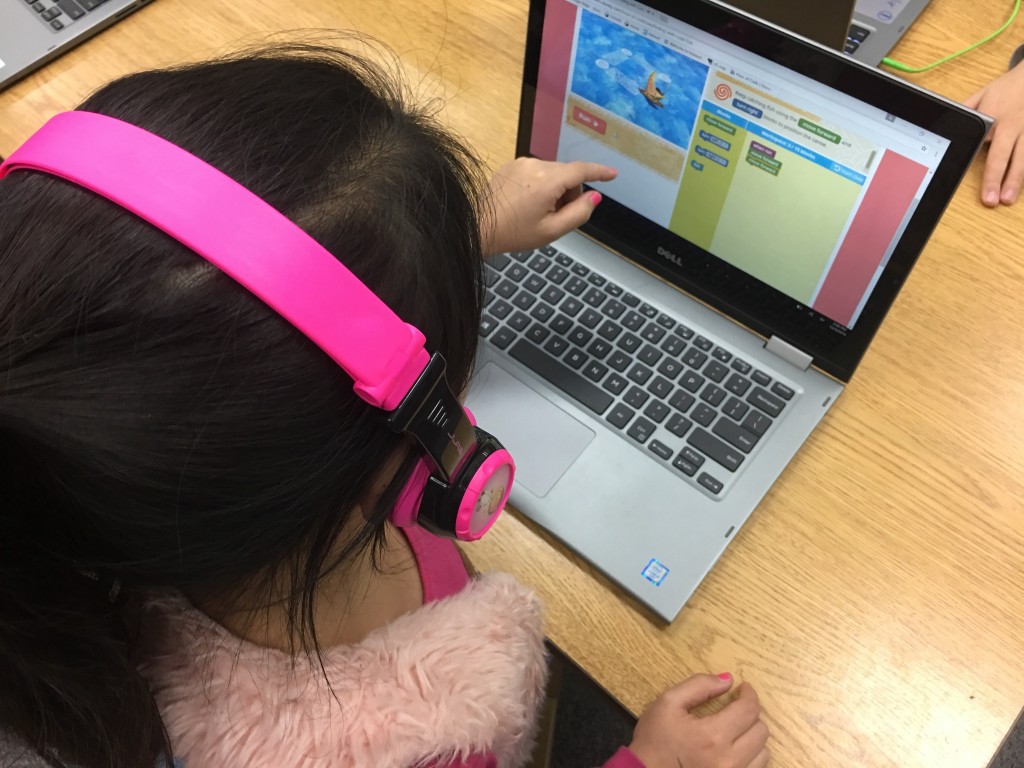
We have a significant number of students whose first language is not English. One of the significant strength of the Hour of Code tutorials is that they are available in 23 different languages. On Friday afternoon, we had students coding in English, Spanish, Korean, Chinese, Japanese and Russian. Seeing the smiles on their faces when they could read their own language was priceless.
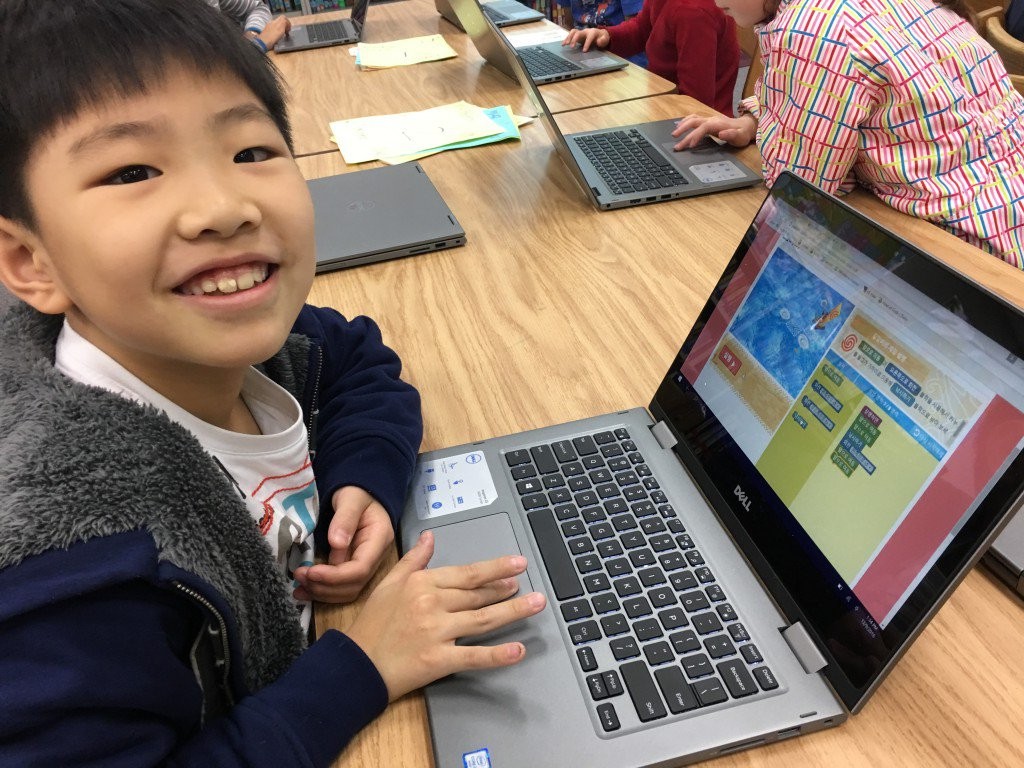
All week long I repeatedly heard students cheering “I did it!” as they successfully figured out a command sequence. Remember, it’s not limited to school. Try coding at home too! Visit the Hour of Code website and try any of the tutorials at home.
The intermediate classes tried something completely different. I know the majority of these students have some coding experience, so I took their computer science exposure to a different level. With the Windows 10 app, Lifeliqe, we entered the world of virtual reality! Lifeliqe has over 1,000 3D interactive models of K-12 aligned with common core curriculum. Lifeliqe makes deep-learning fun!
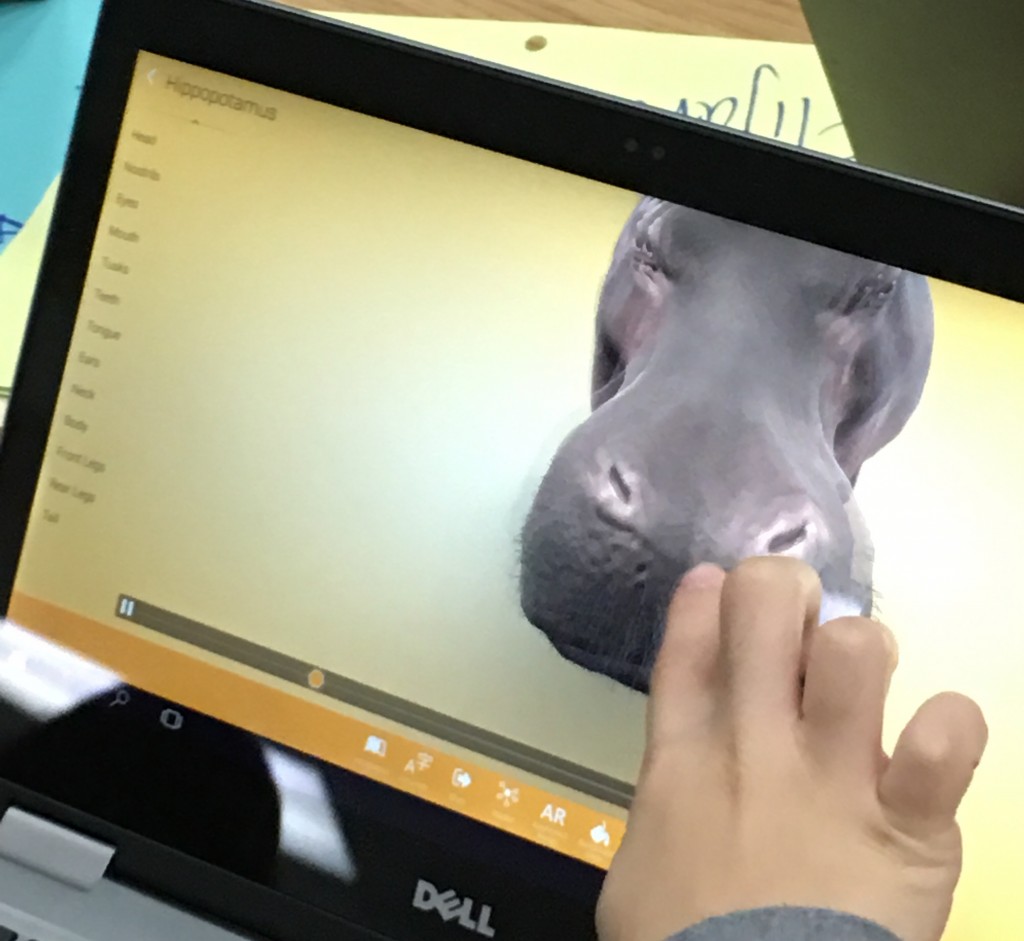
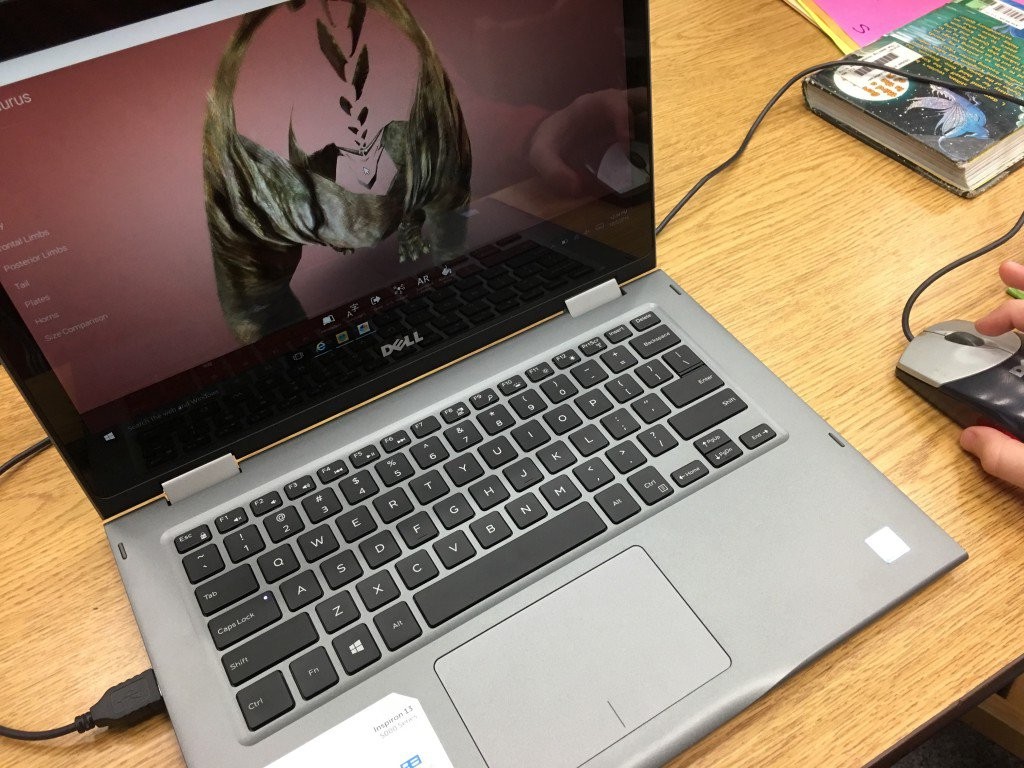
In January, we will be combining the Lifeliqe models with database research to create an interactive, research project! I am grateful for the opportunity to work with Lifeliqe this year and experiment with how elementary aged students can benefit from learning with virtual reality 3D models.
During Hour of Code week it was fun to see students throughout the school participating. In music the students learned that a musical score, is much like computer coding.

The kindies learned that you don’t have to have a computer to learn coding basics. They did some unplugged learning with a parent volunteer!

Some FAQs about computer science:
Every student should have the opportunity to learn computer science. It helps nurture problem-solving skills, logic and creativity. By starting early, students will have a foundation for success in any 21st-century career path. See more stats here.
Launched in 2013, Code.org® is a non-profit dedicated to expanding access to computer science, and increasing participation by women and underrepresented students of color. Code.org’s vision is that every student in every school should have the opportunity to learn computer science. Code.org believes computer science should be part of core curriculum, alongside other courses such as biology, chemistry or algebra.
*All background facts are from the Hour of Code website.


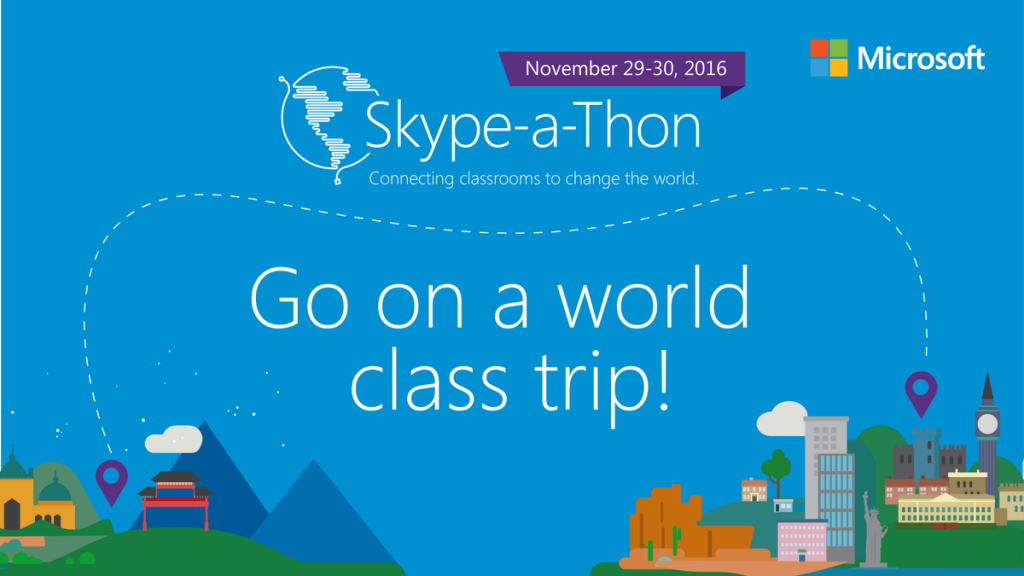
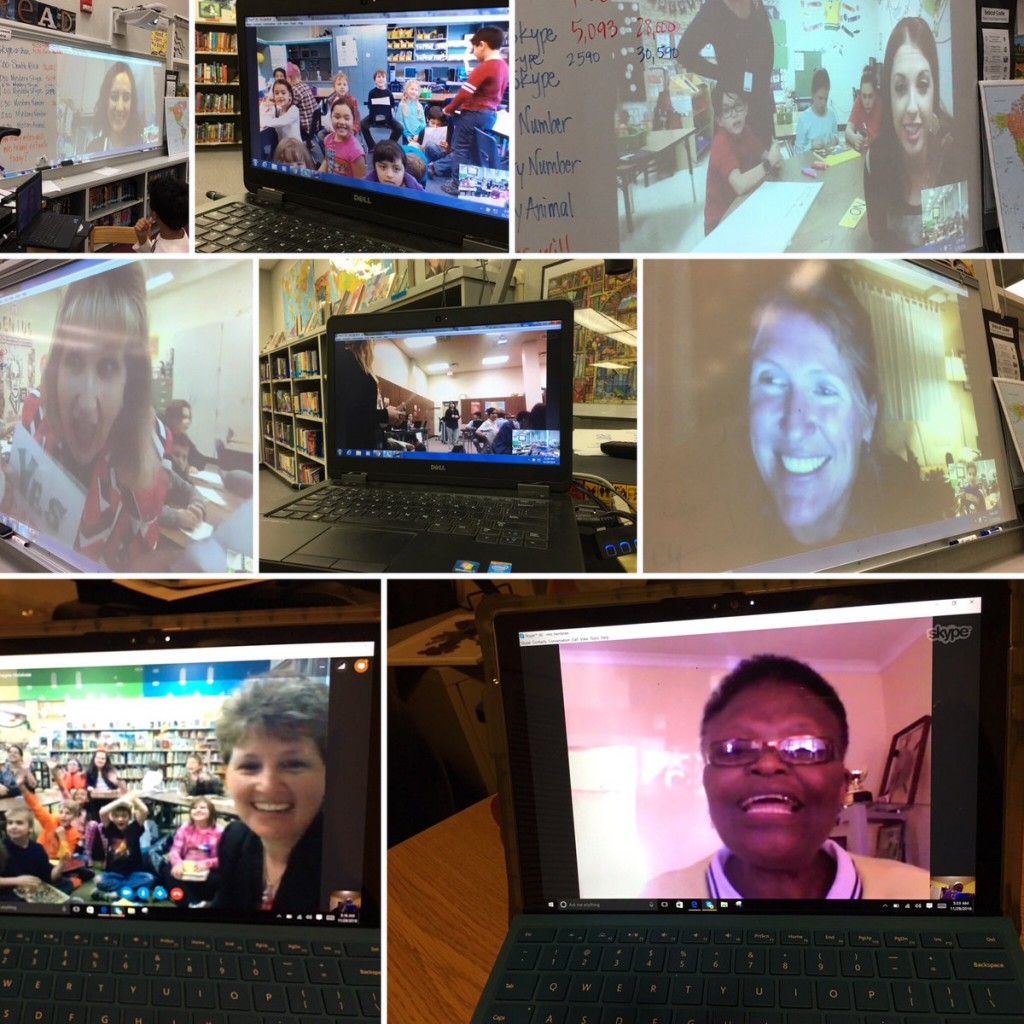

 This call was followed by a quick connection with fellow MIE Phuti Ragophala in Polokwane, South Africa. When you see friends online, it’s almost as good as being there in person!
This call was followed by a quick connection with fellow MIE Phuti Ragophala in Polokwane, South Africa. When you see friends online, it’s almost as good as being there in person!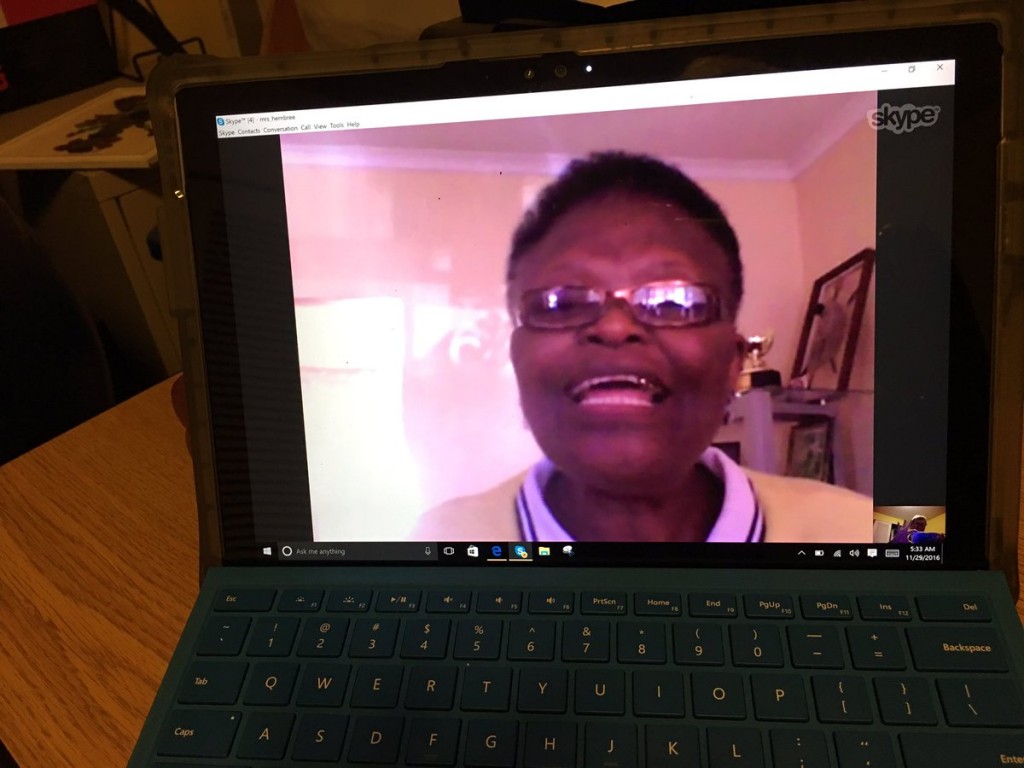 Once school began, we had calls throughout the day. We tried to call Phuti again, and reached her, but again, couldn’t hold that call. So, almost as good, we left a video message asking her some questions.
Once school began, we had calls throughout the day. We tried to call Phuti again, and reached her, but again, couldn’t hold that call. So, almost as good, we left a video message asking her some questions.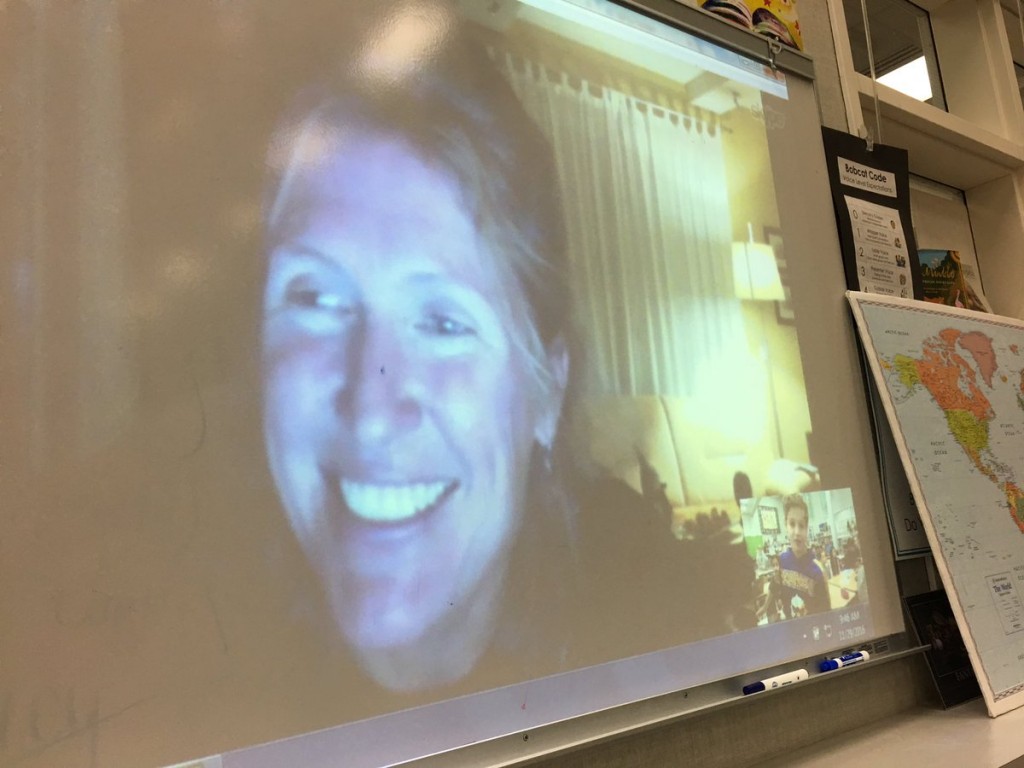
 With some lunch to refuel, we were at it again all afternoon! My 3rd graders Skyped with Tammy Dunbar’s students in California. Tammy knows how to spark lots of fun into a Skype session.
With some lunch to refuel, we were at it again all afternoon! My 3rd graders Skyped with Tammy Dunbar’s students in California. Tammy knows how to spark lots of fun into a Skype session.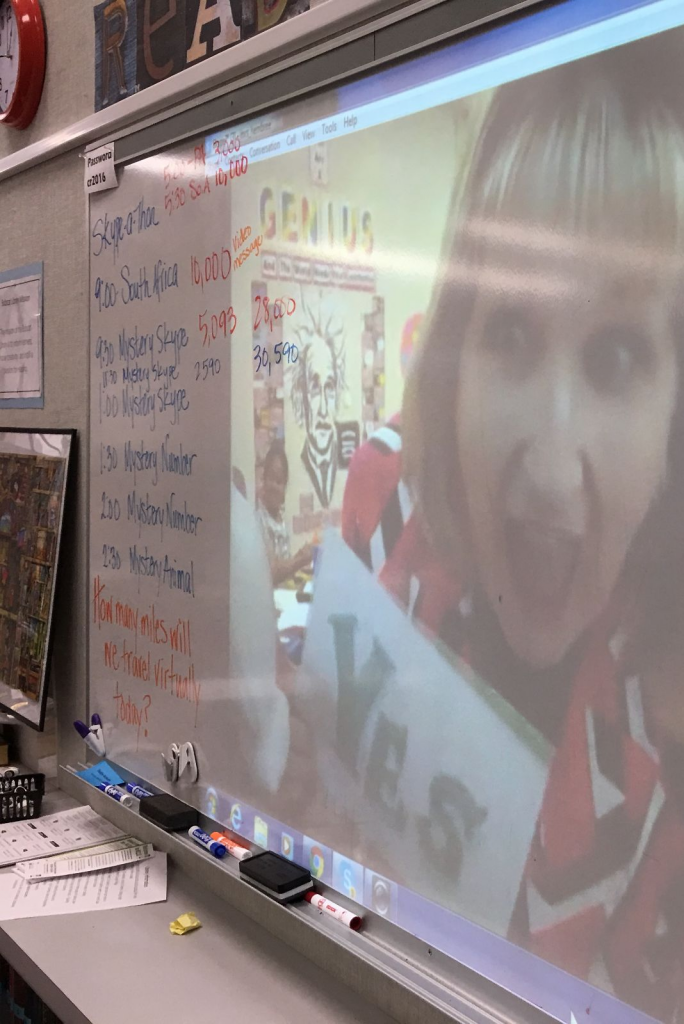 For the very first time for both my second grade students and myself, we played Mystery Number. Using a 100’s chart, the students had to guess each other’s special number.
For the very first time for both my second grade students and myself, we played Mystery Number. Using a 100’s chart, the students had to guess each other’s special number.
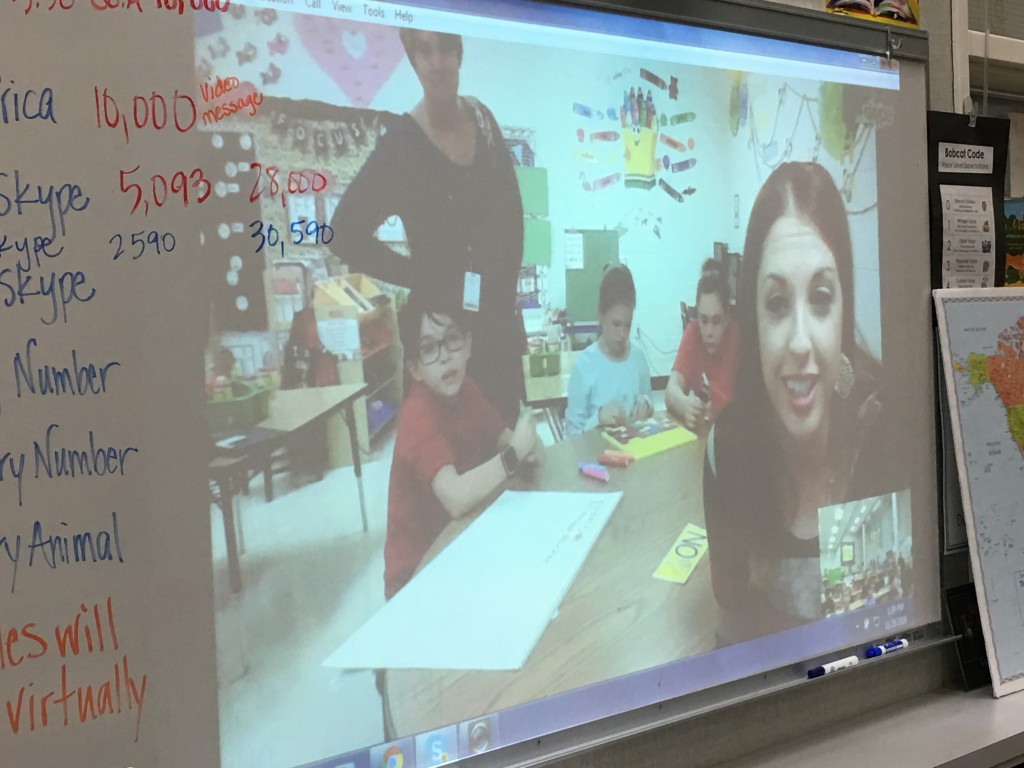
 The first graders ended our day with a fun game of Mystery Animal with Ipec Tunca, a special visitor from Microsoft in California.
The first graders ended our day with a fun game of Mystery Animal with Ipec Tunca, a special visitor from Microsoft in California.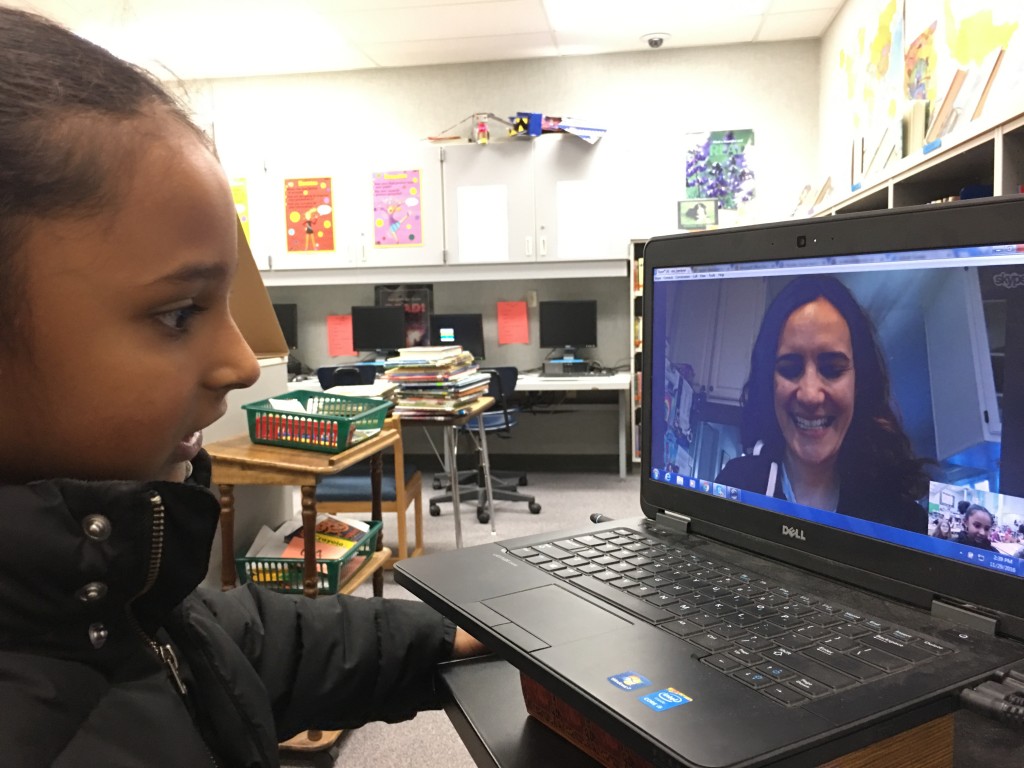 The children loved guessing her Mystery Animal was the turkey, not because of Thanksgiving, but because she was born in the country of Turkey!
The children loved guessing her Mystery Animal was the turkey, not because of Thanksgiving, but because she was born in the country of Turkey! The week isn’t even over, and we have connected three continents, and many children across the globe.
The week isn’t even over, and we have connected three continents, and many children across the globe.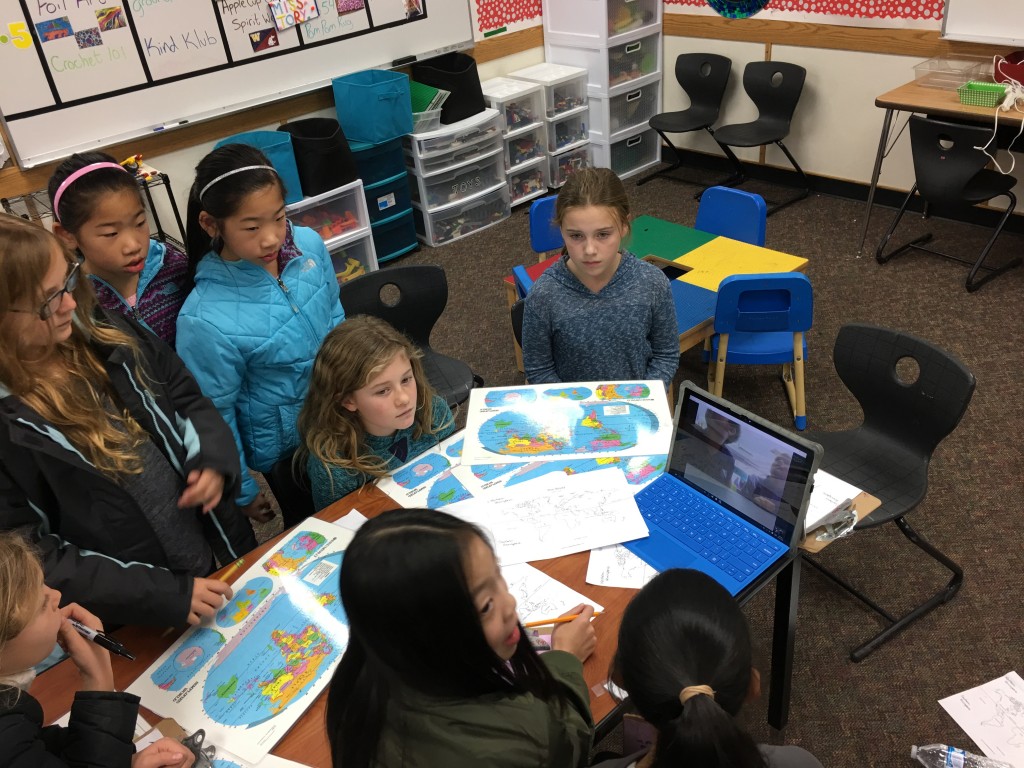
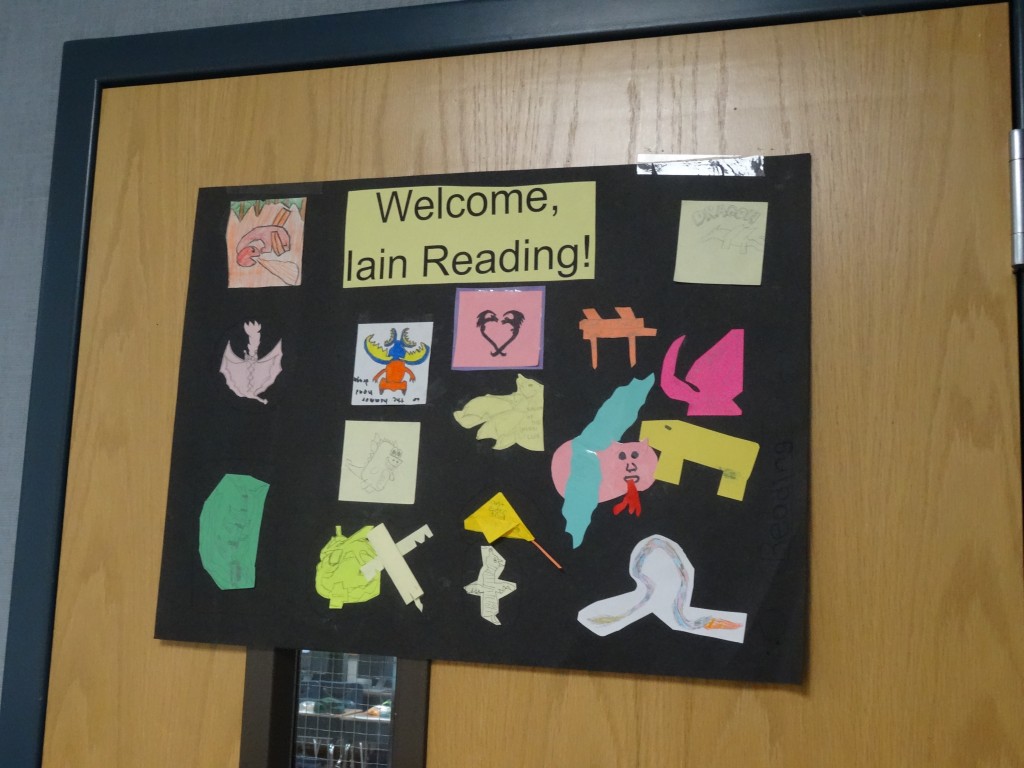
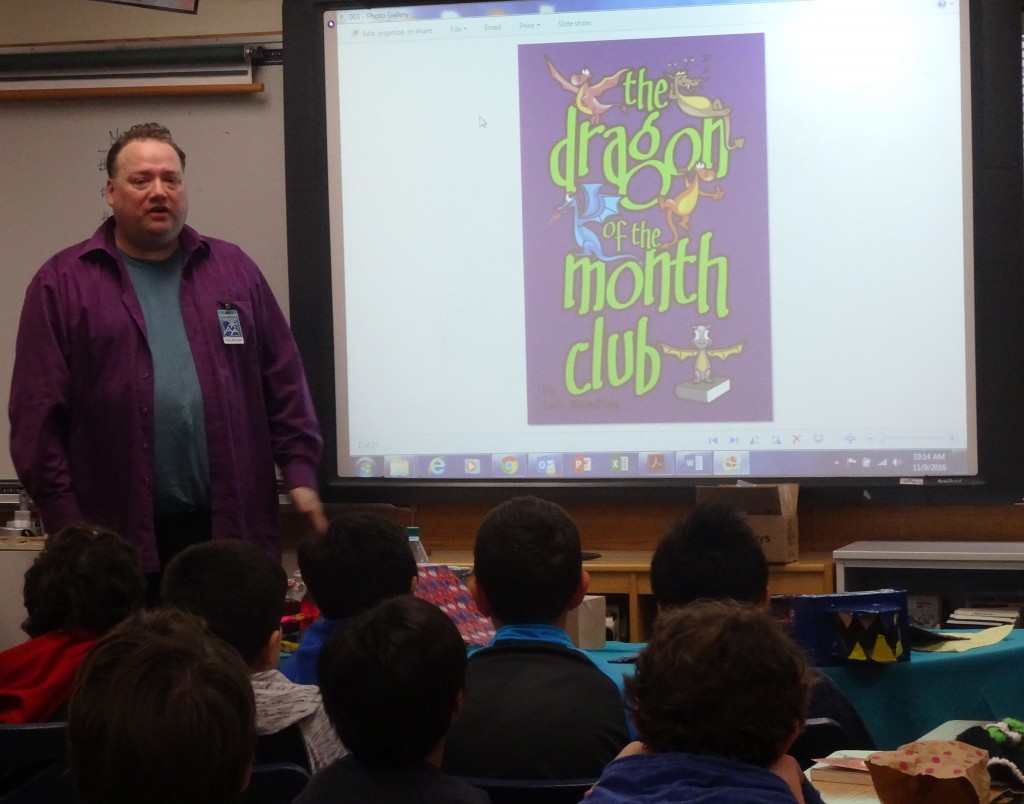





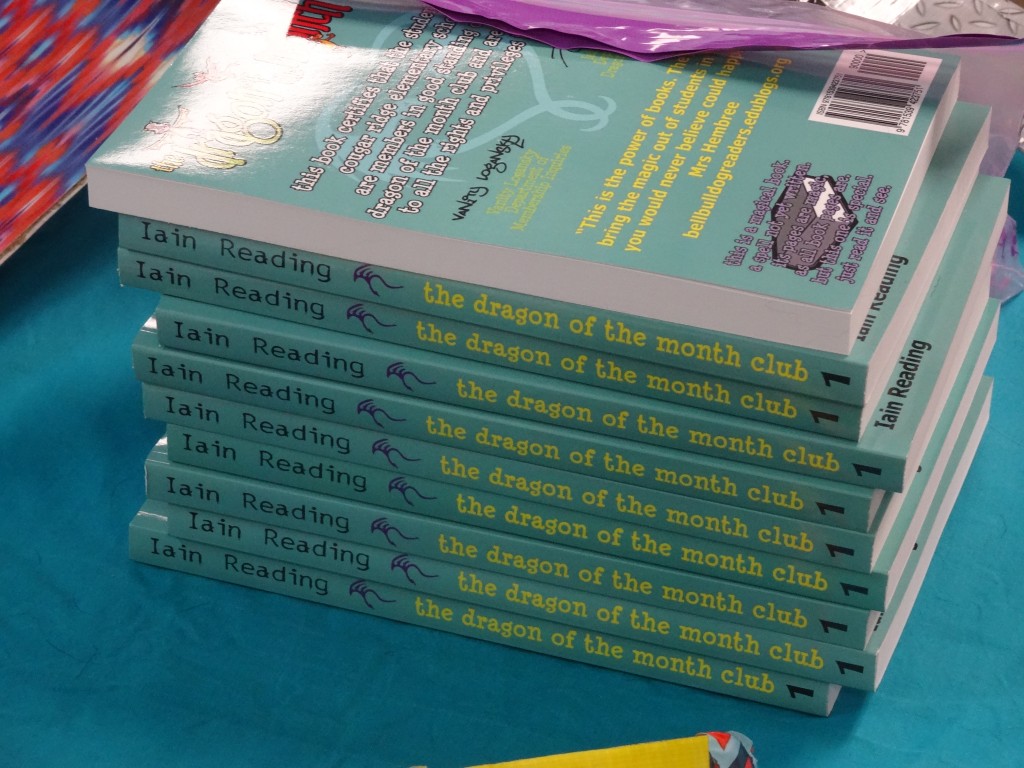 Iain and Ms. Grigg had fun trying to find the special places in the book that are customized!
Iain and Ms. Grigg had fun trying to find the special places in the book that are customized!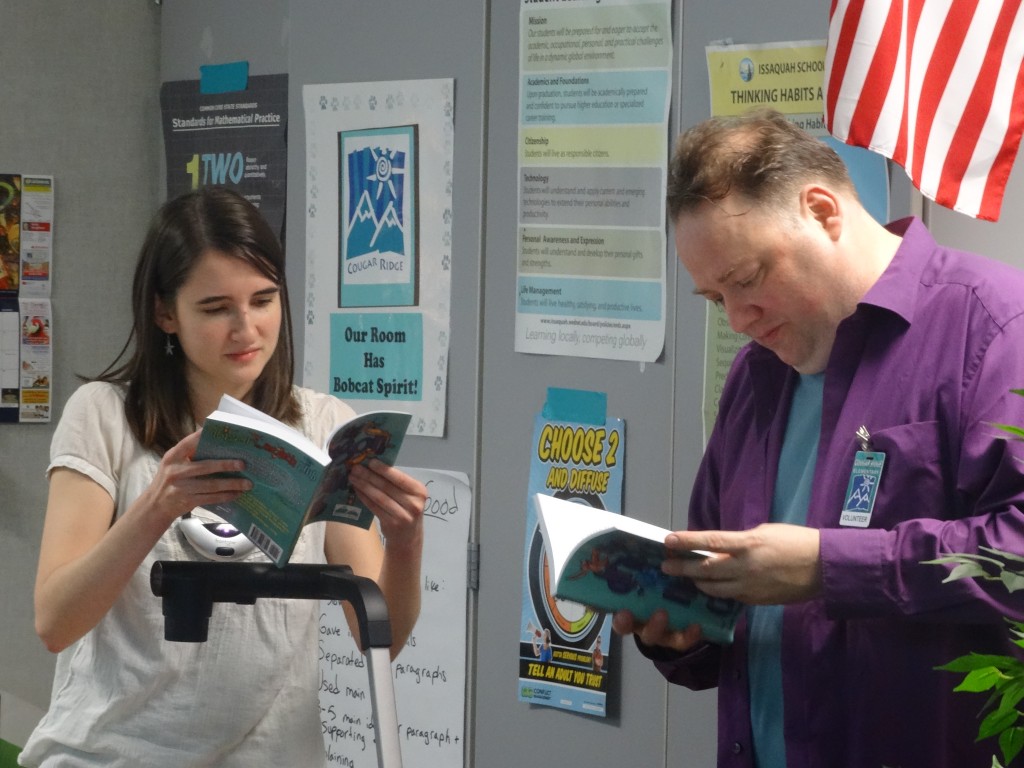



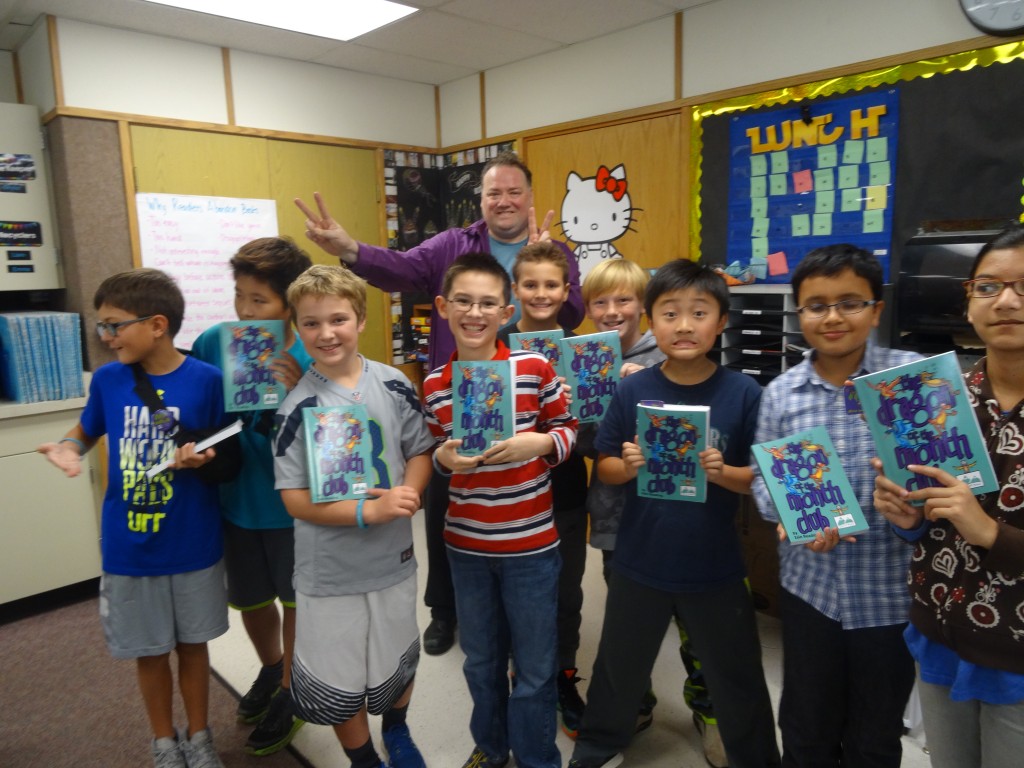
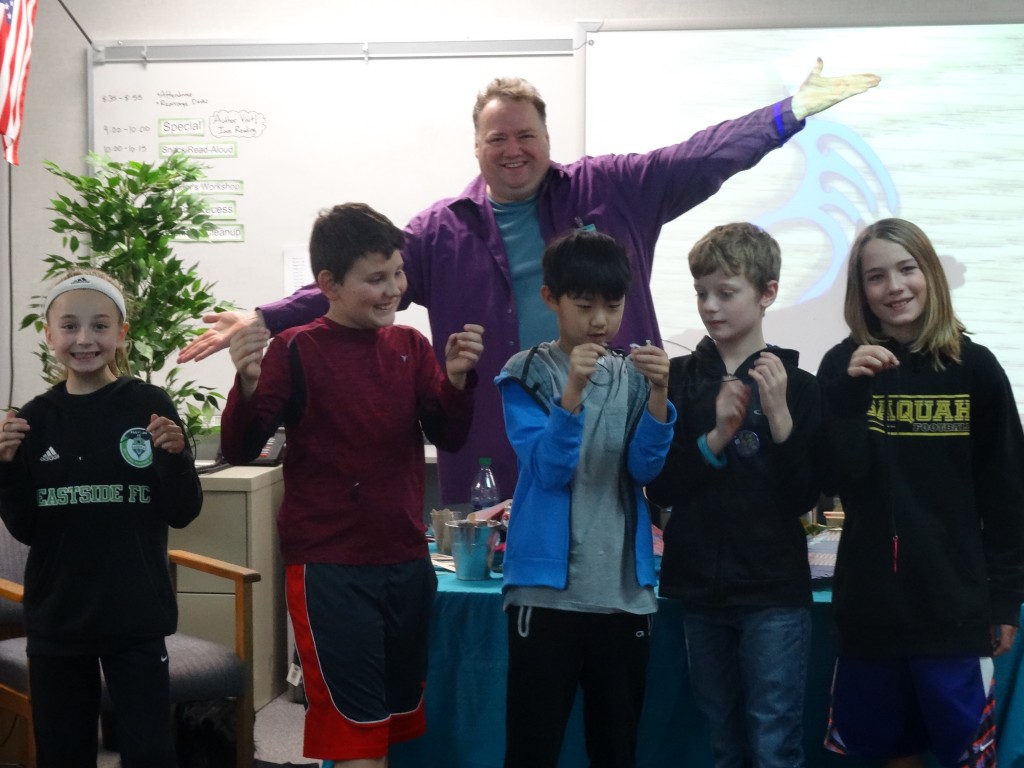




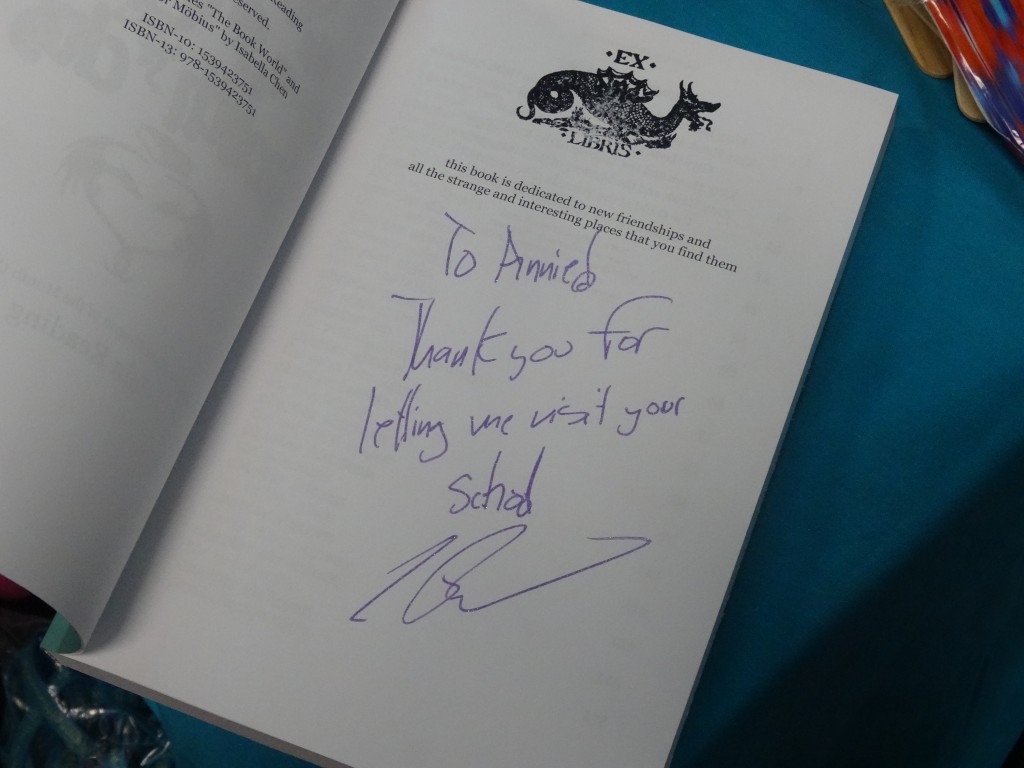
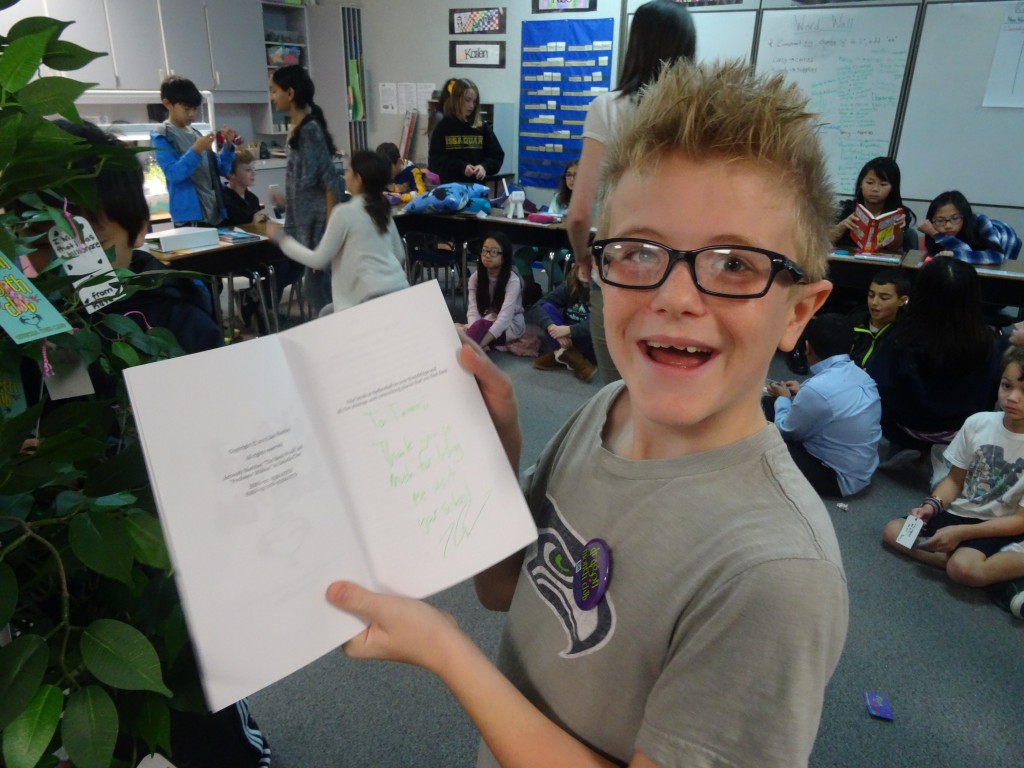
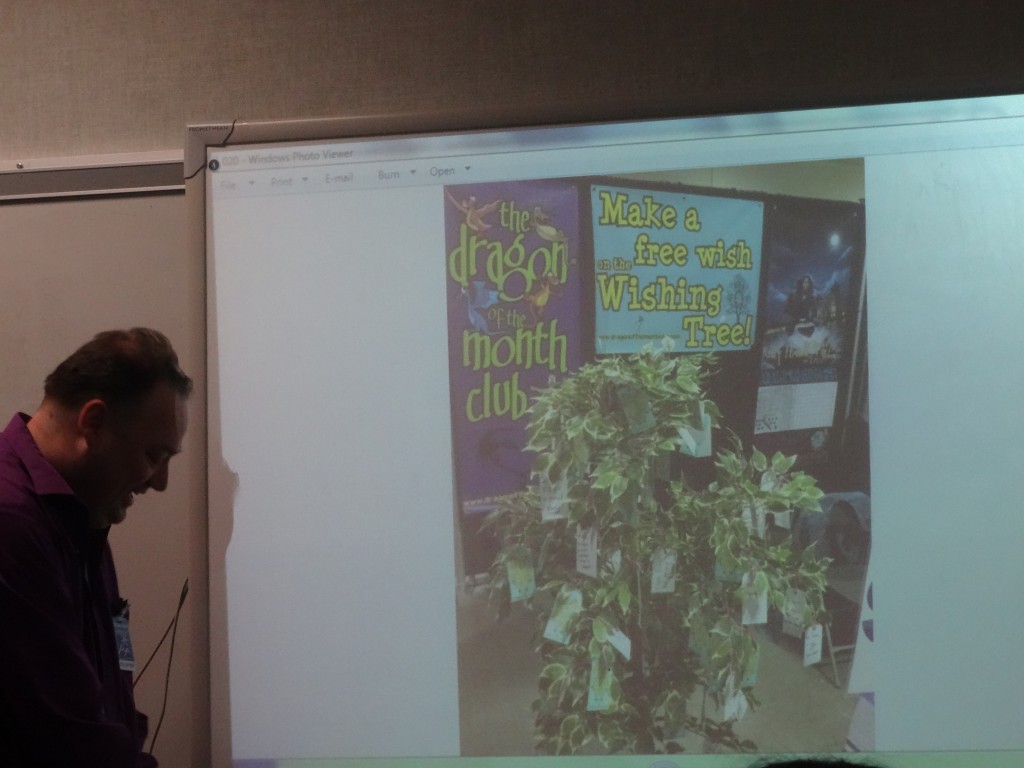
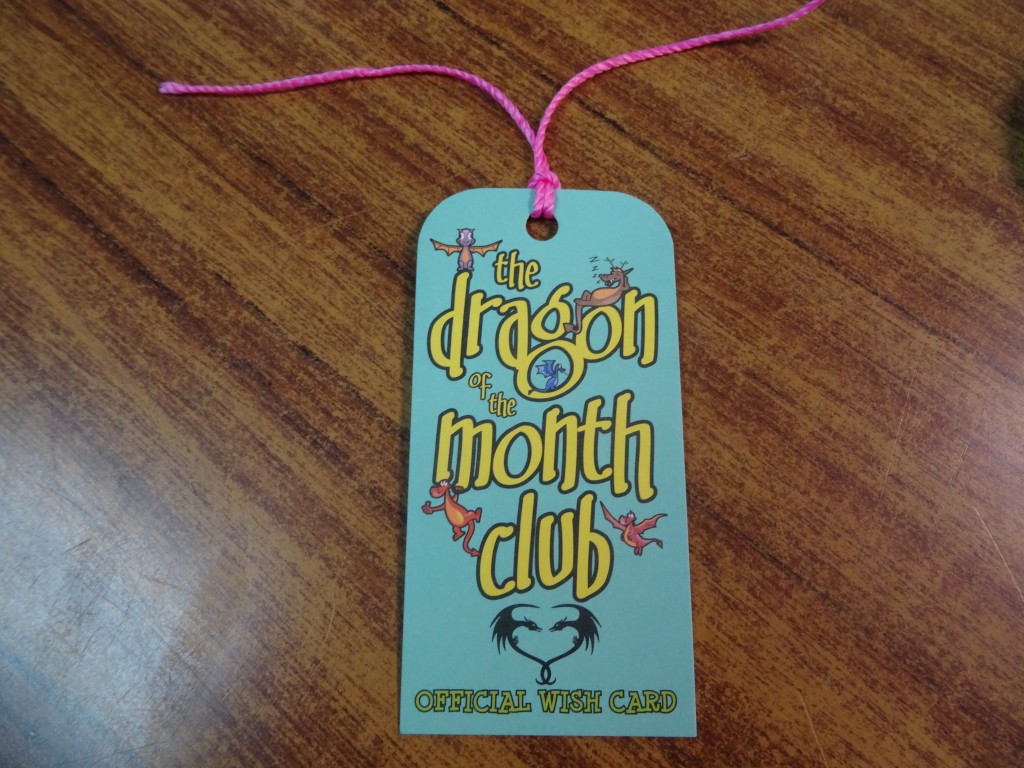
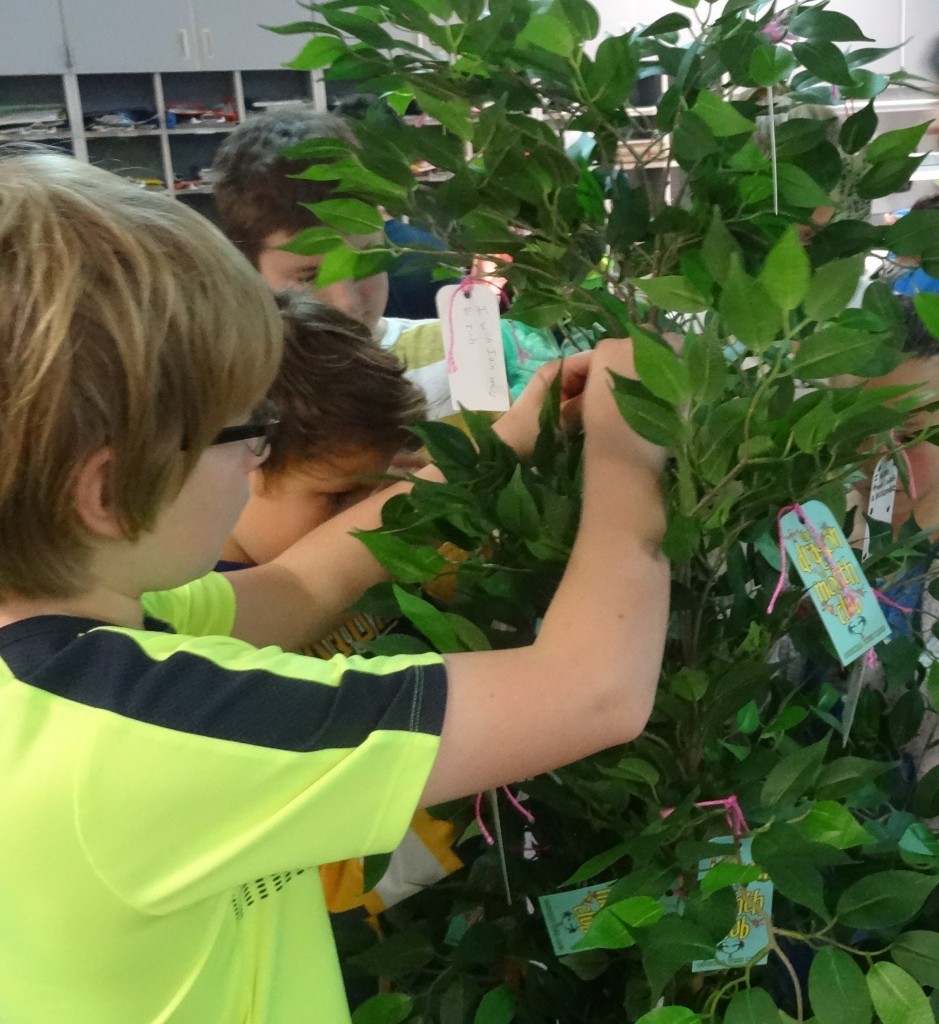
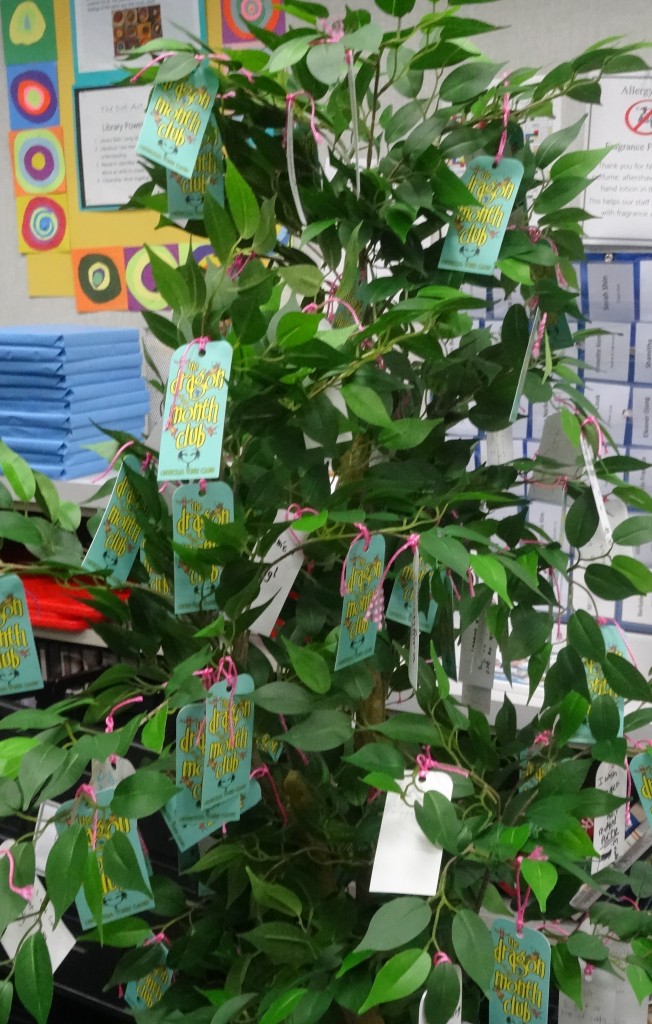
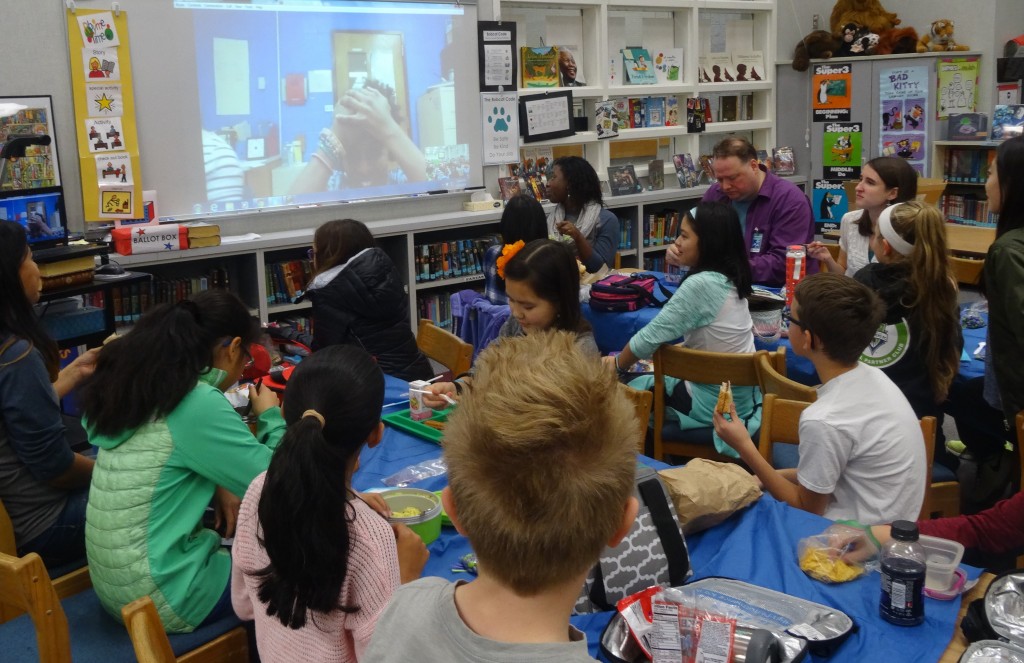
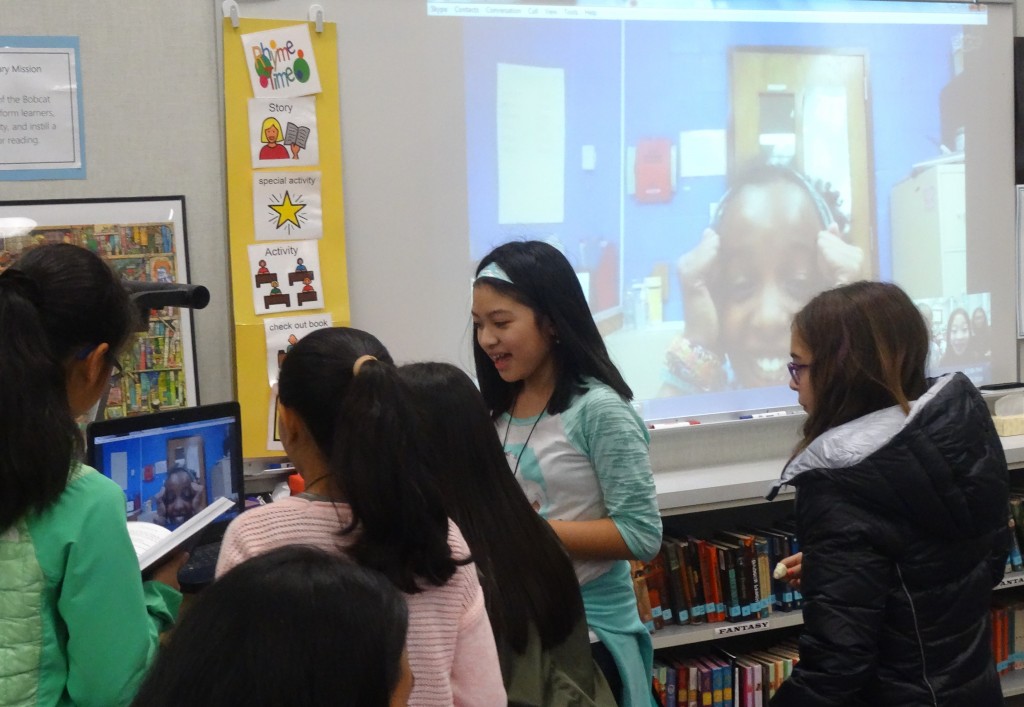
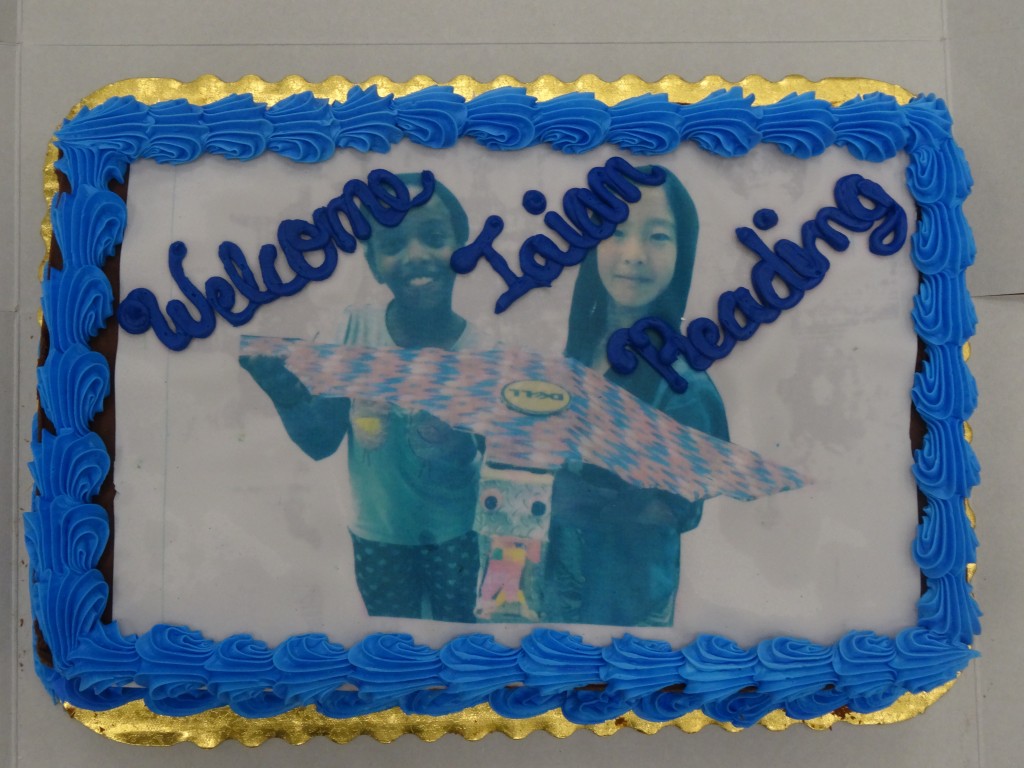
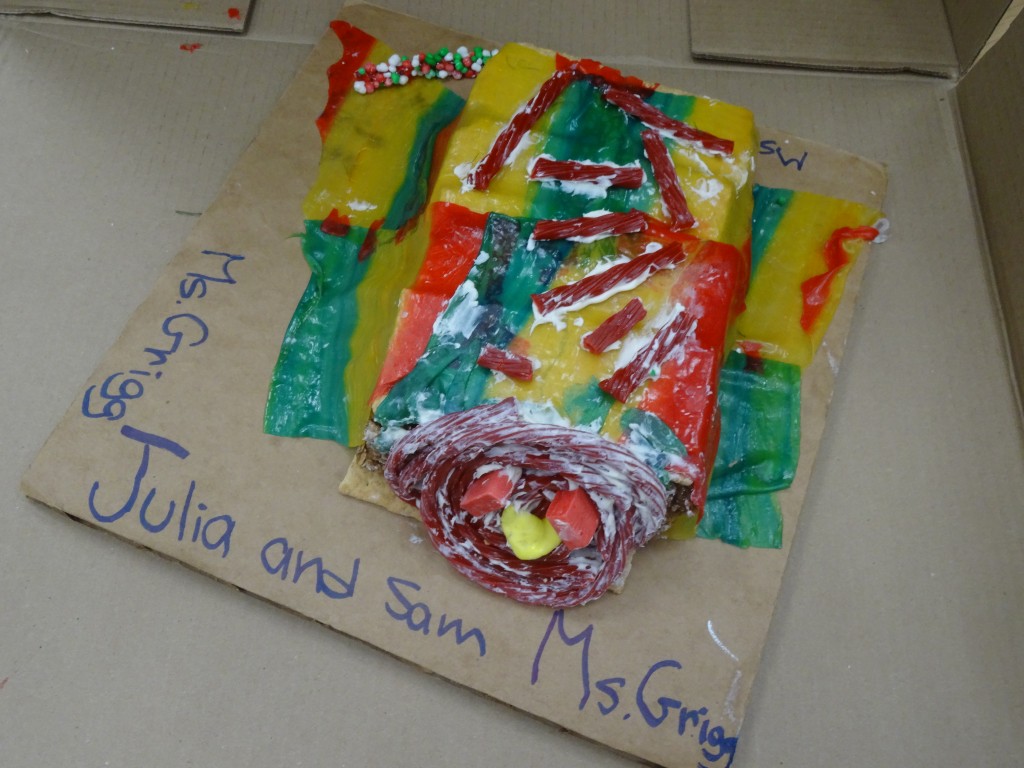
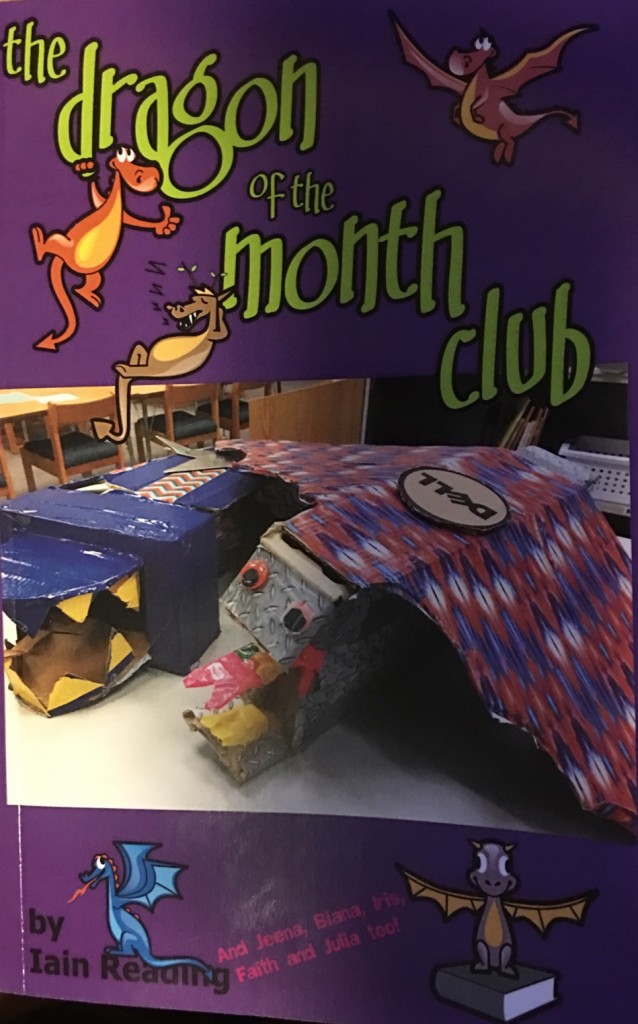



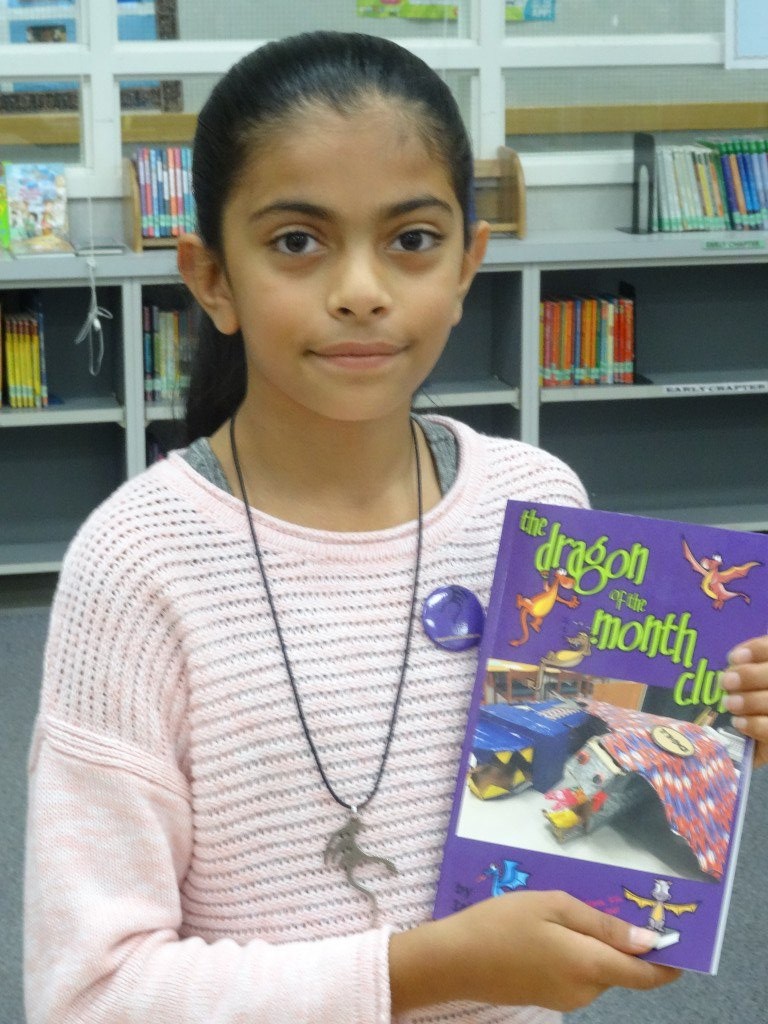
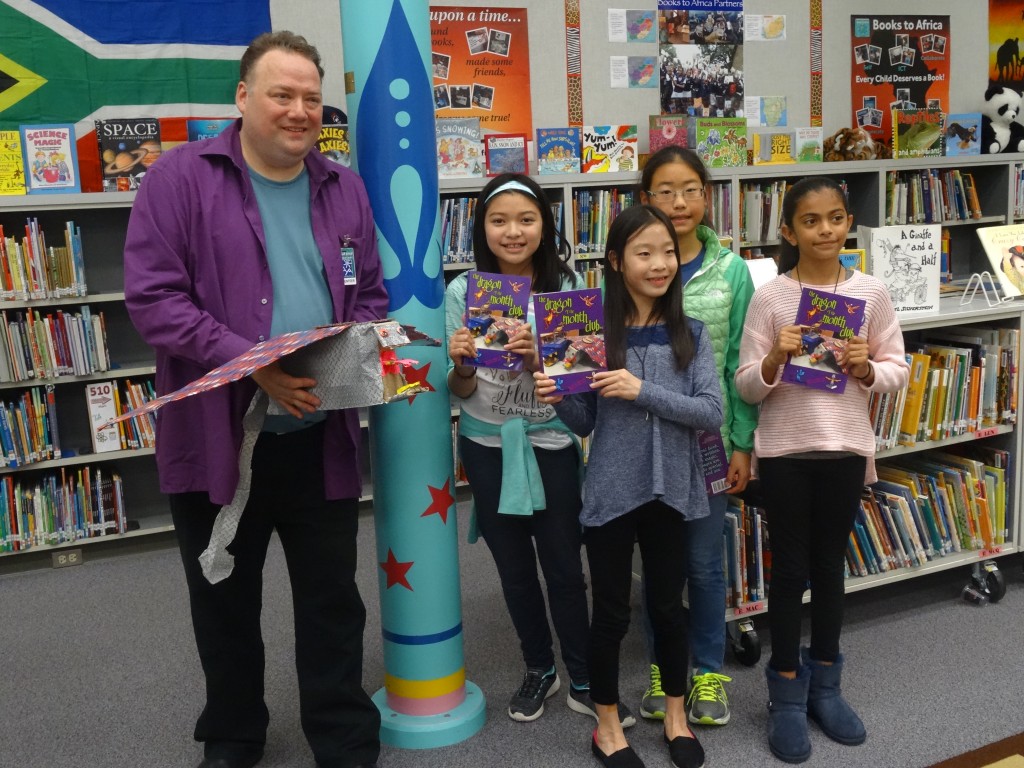



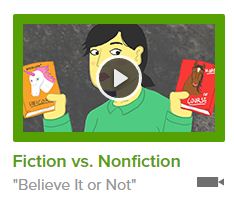


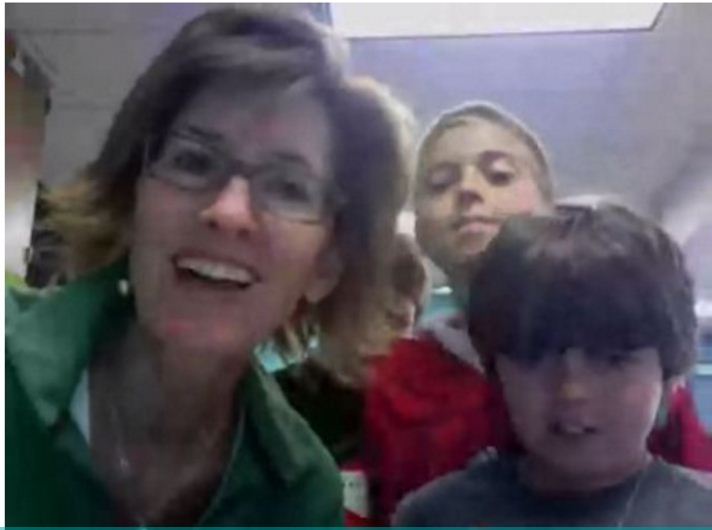

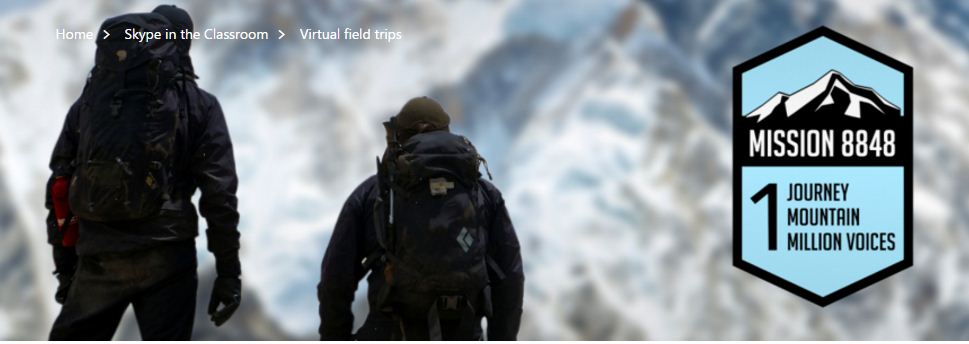

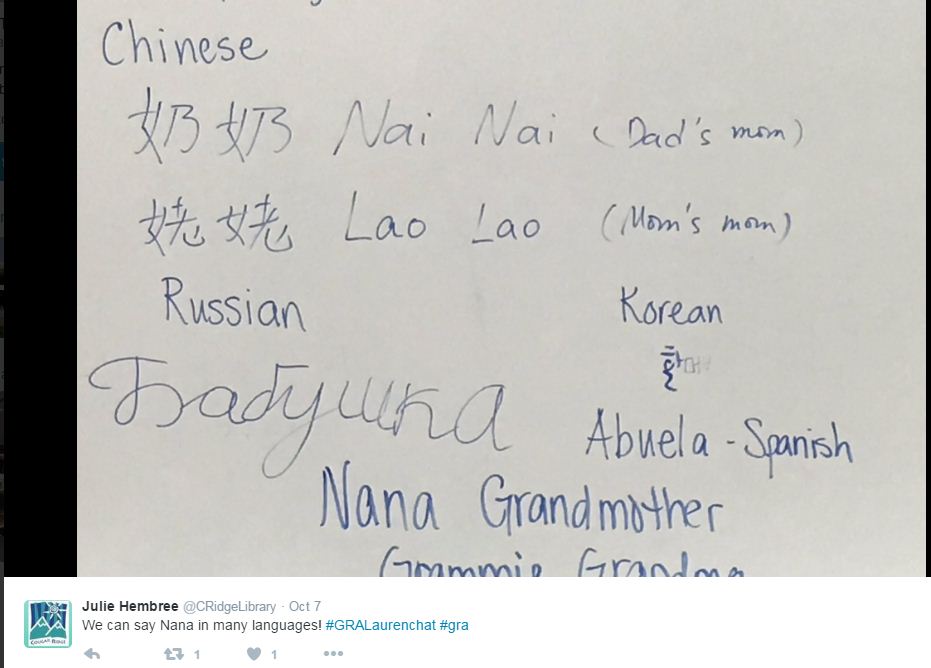




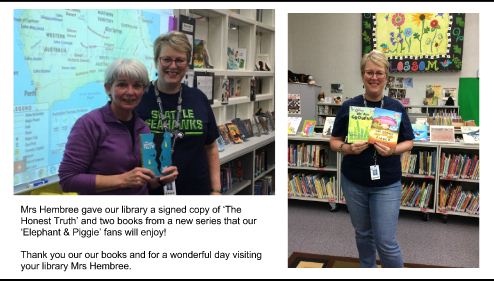
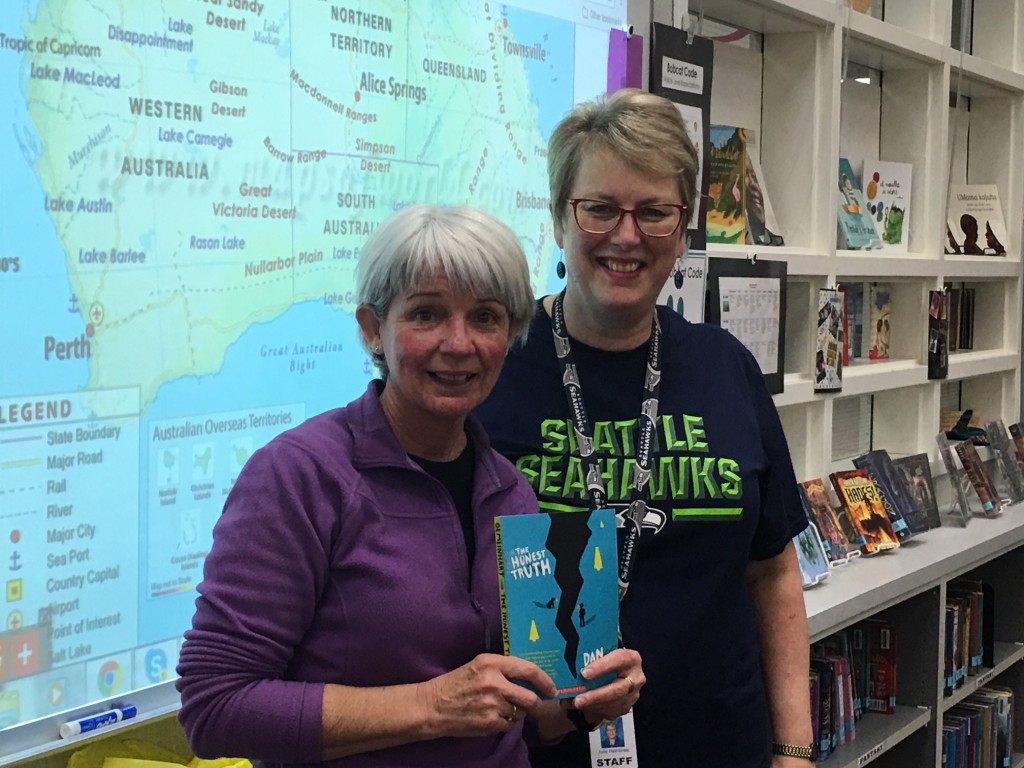
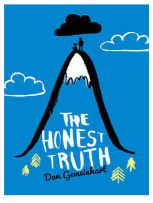

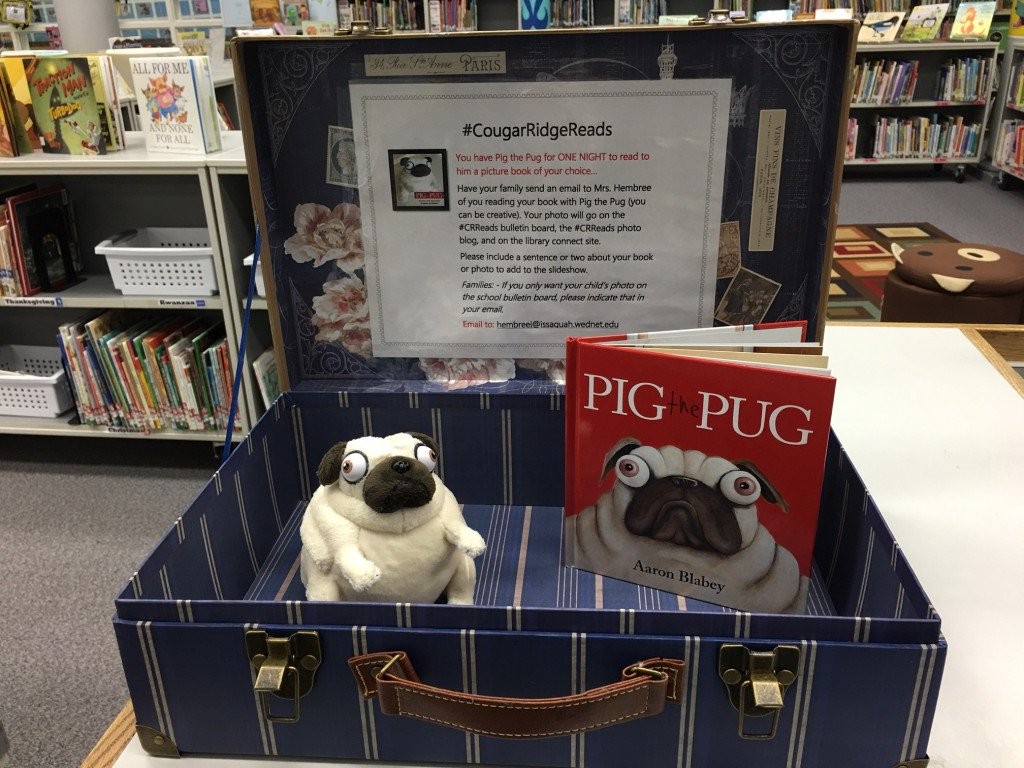

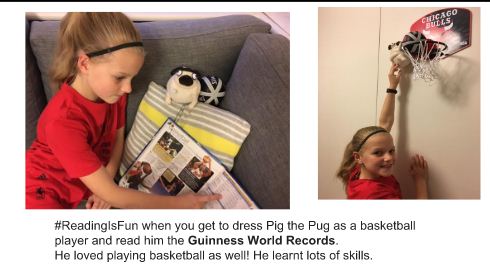
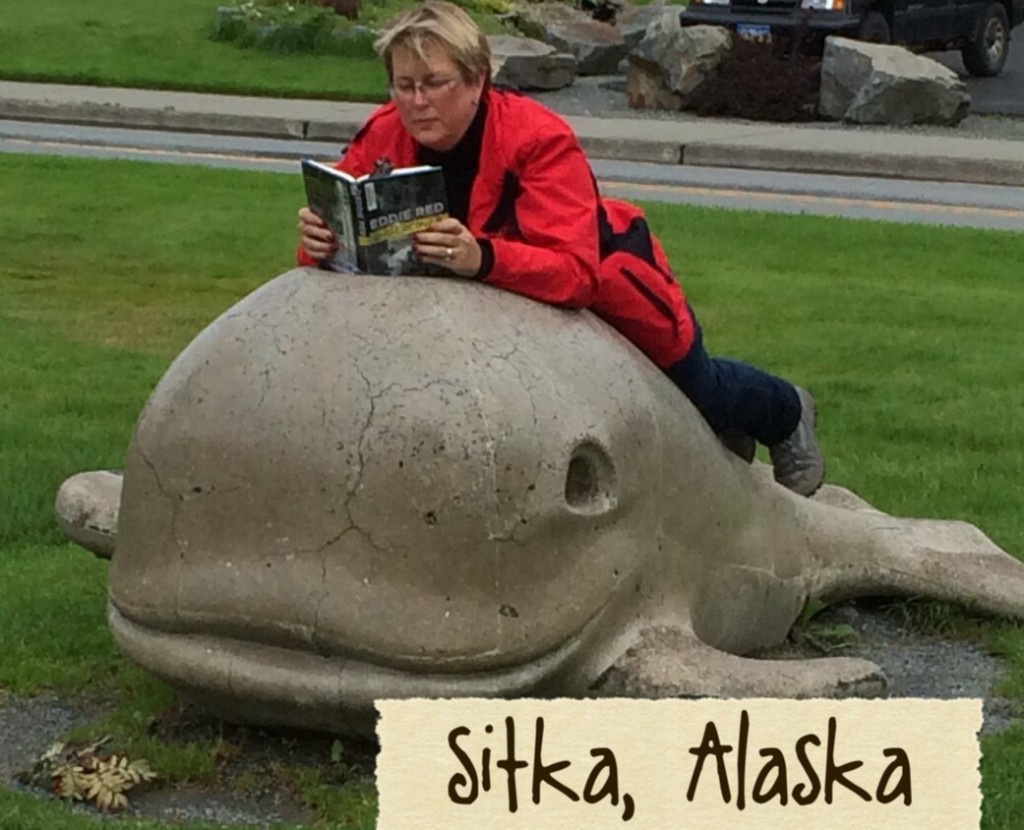

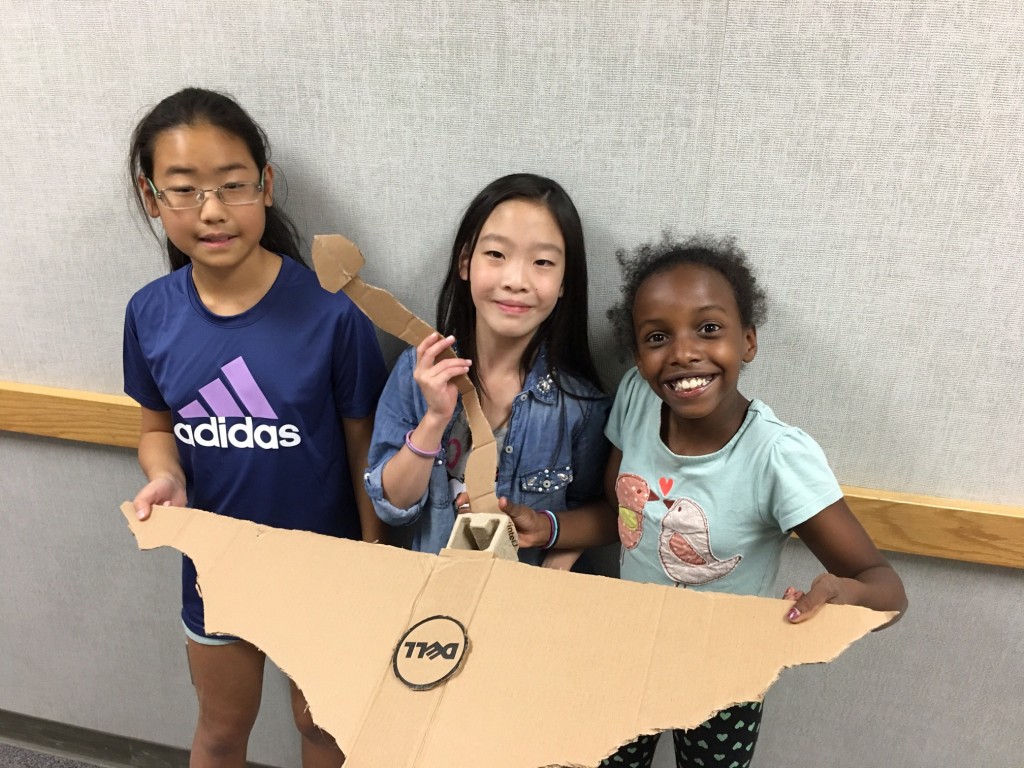

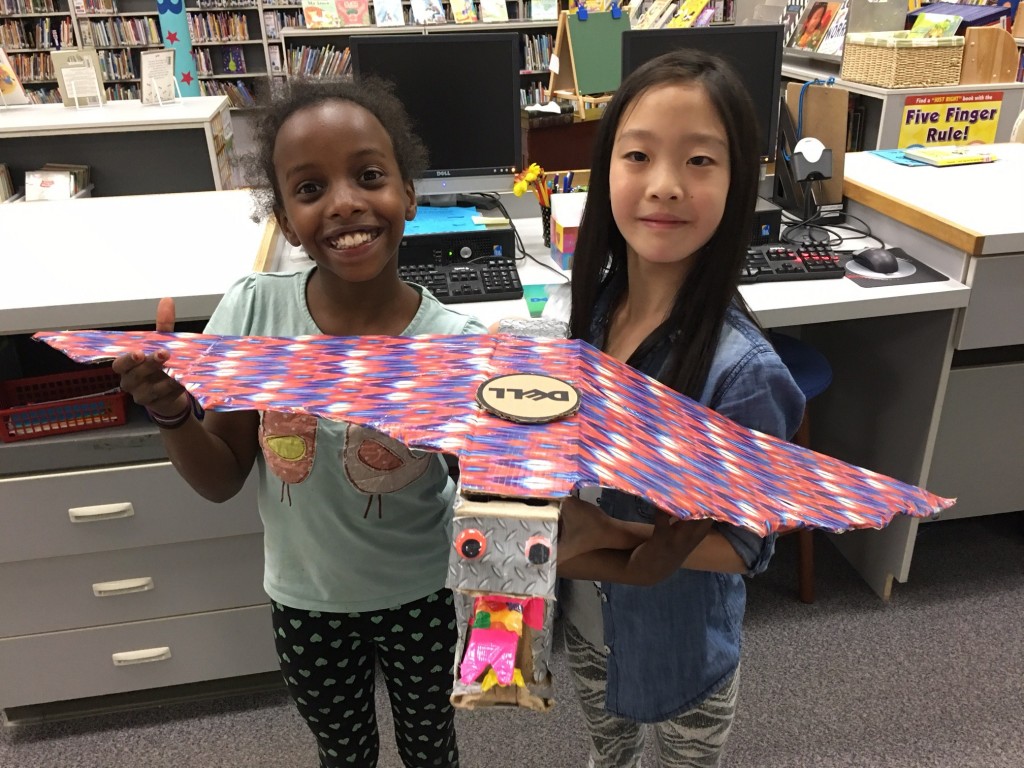
 I hope too, if Iain Reading ever reads this post and finds out how special these students think his book is, that he too will have a magical day as well.
I hope too, if Iain Reading ever reads this post and finds out how special these students think his book is, that he too will have a magical day as well.

